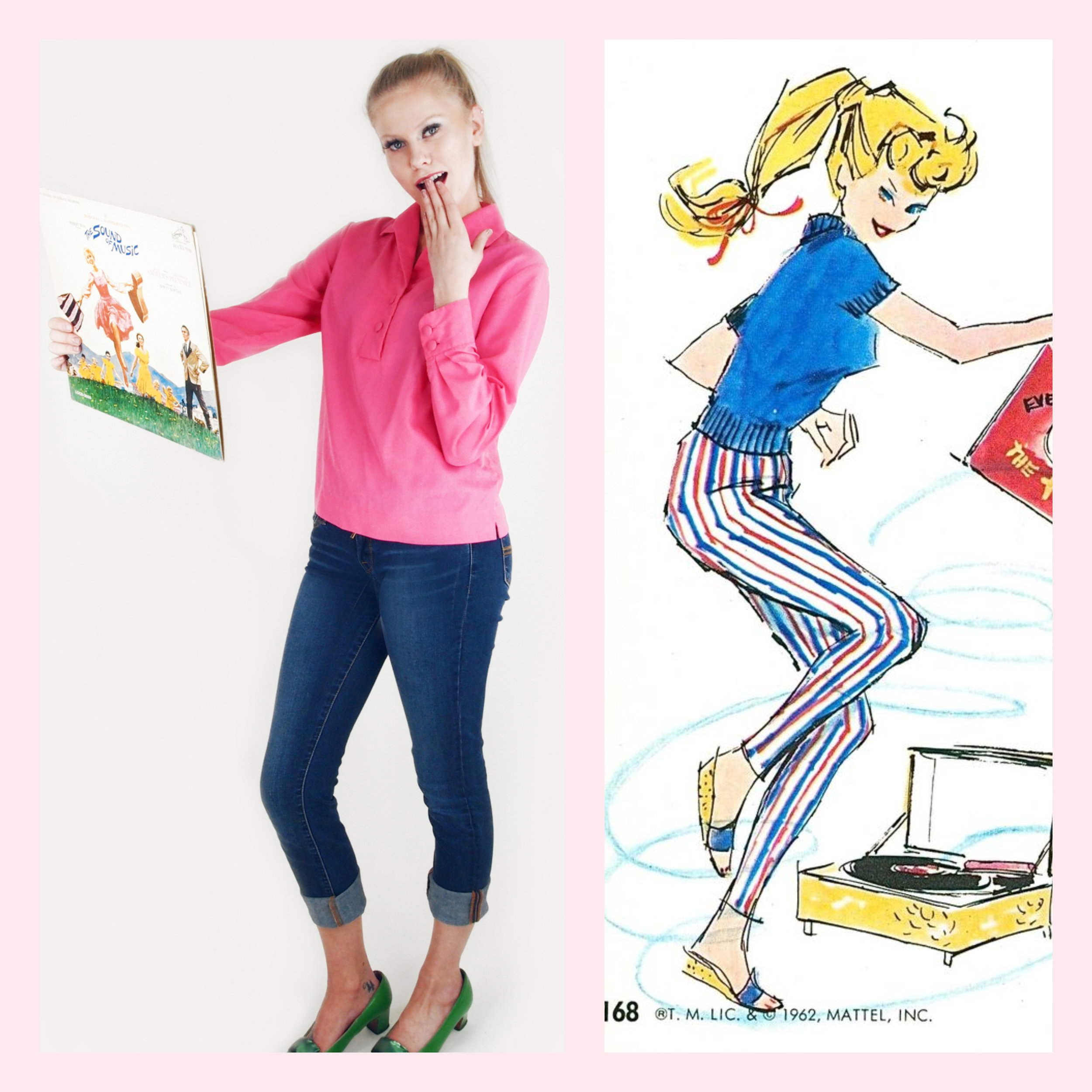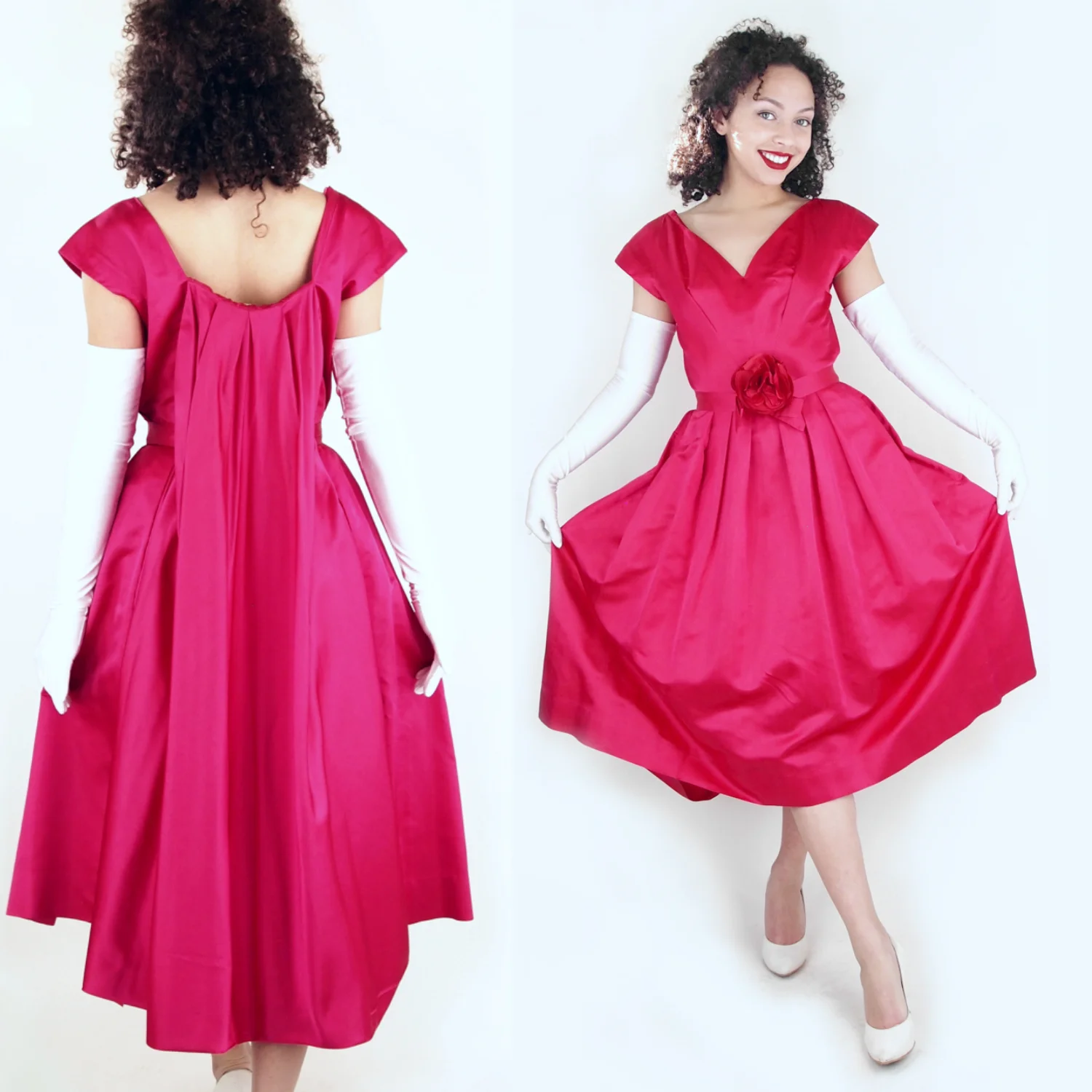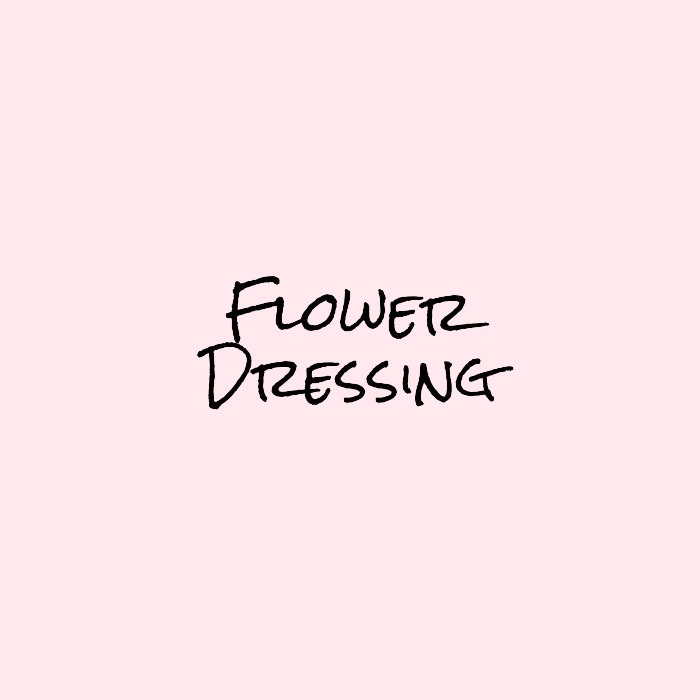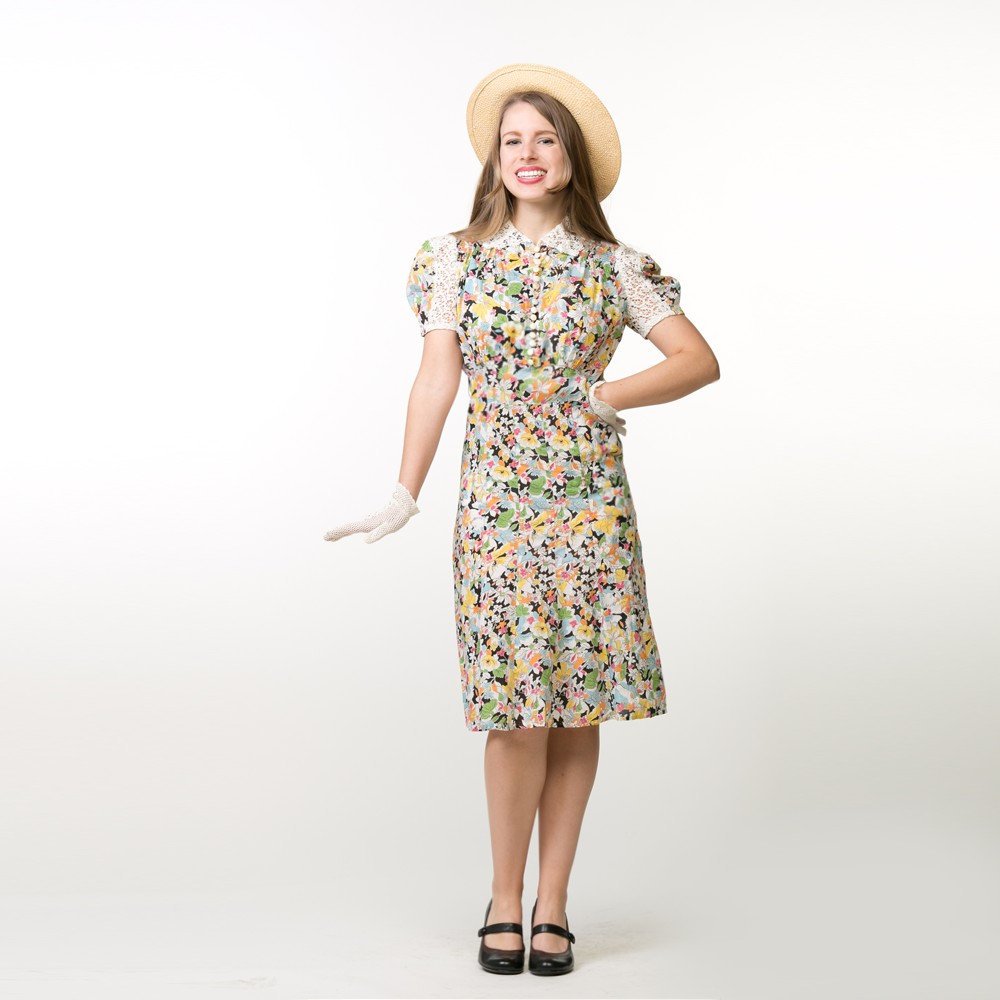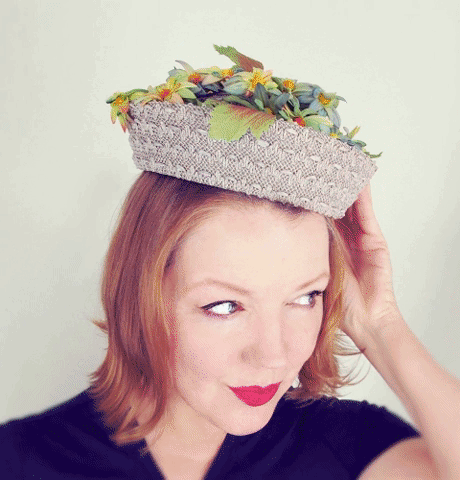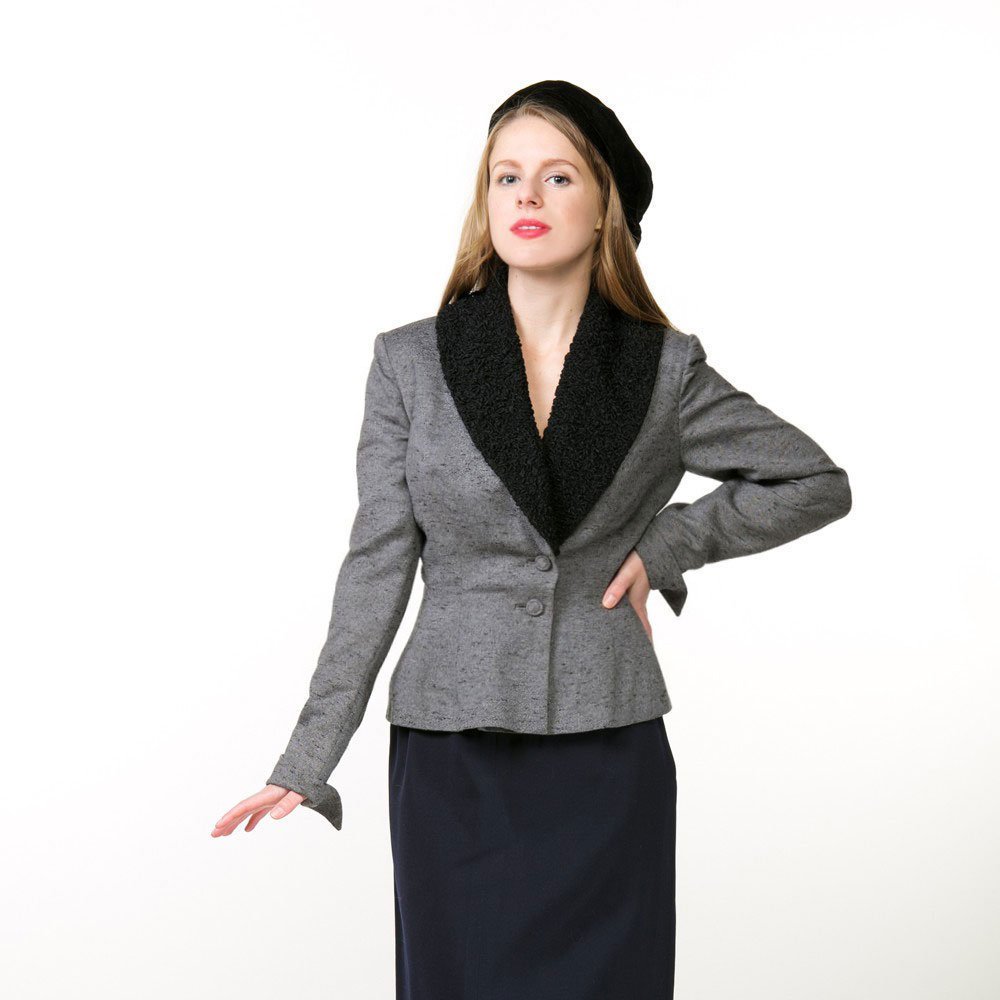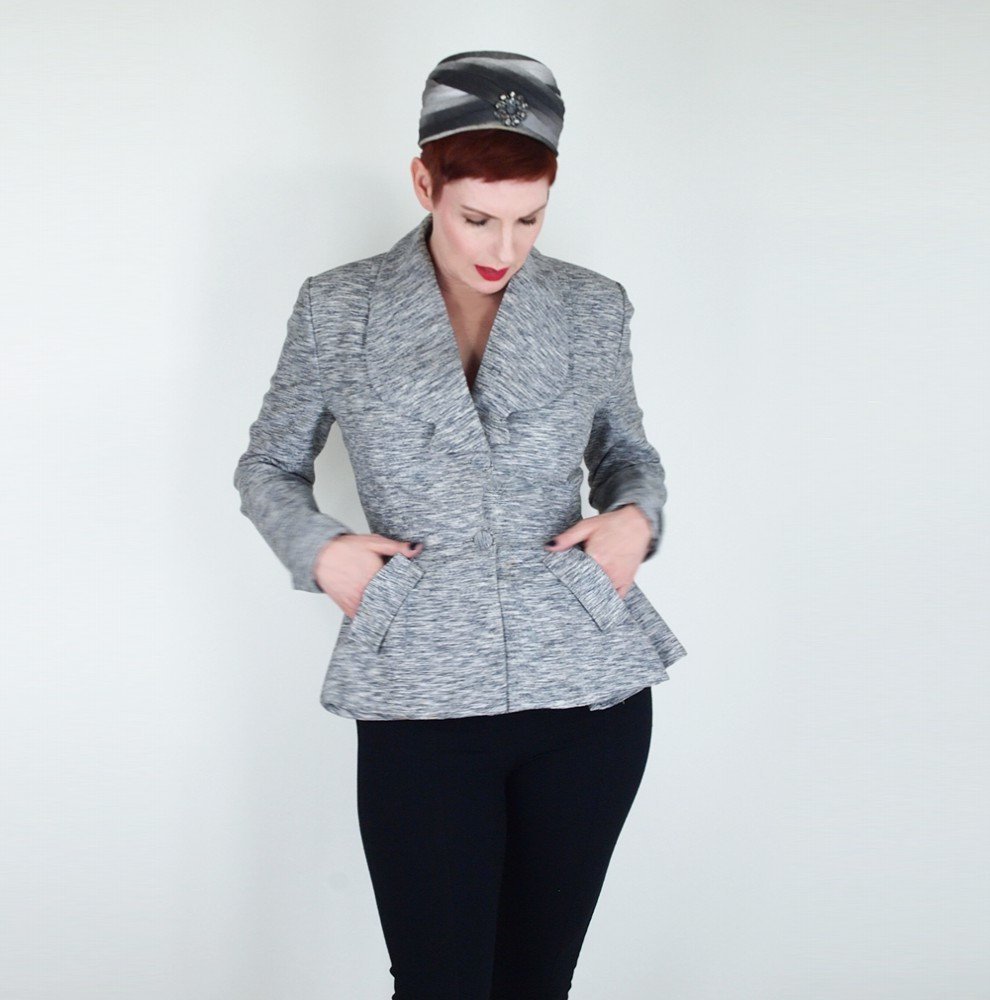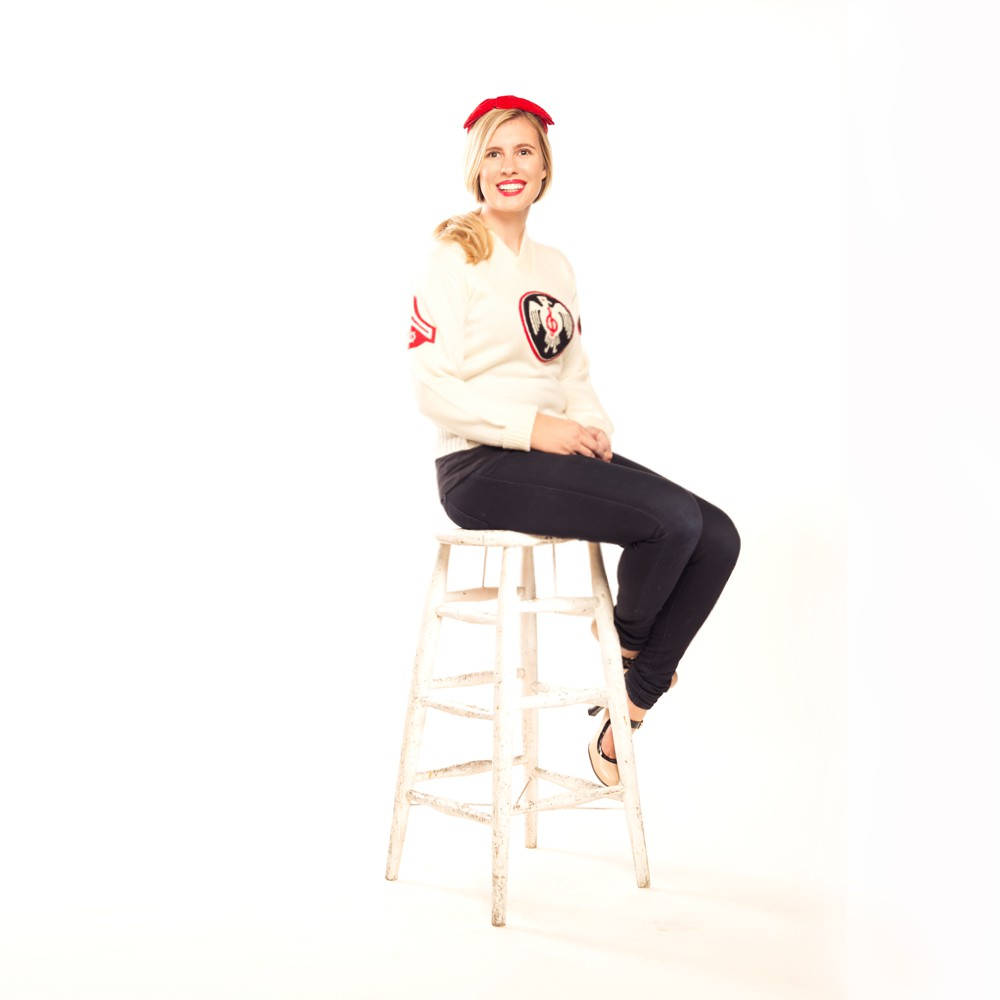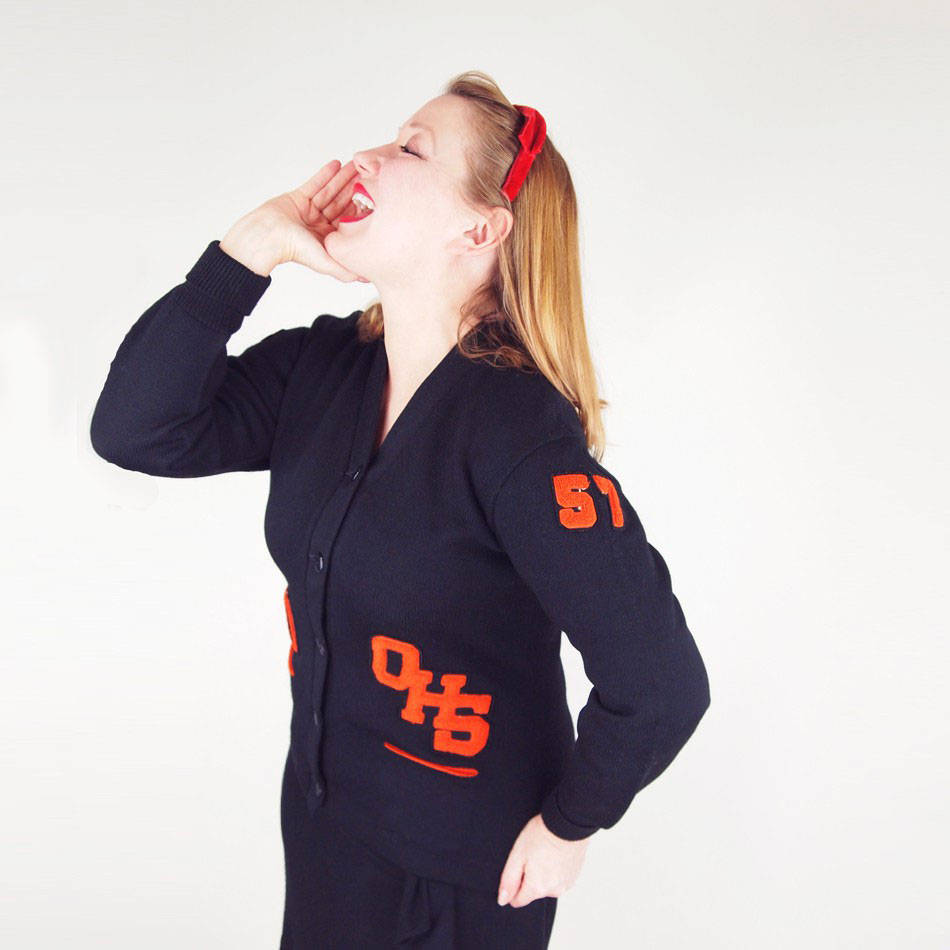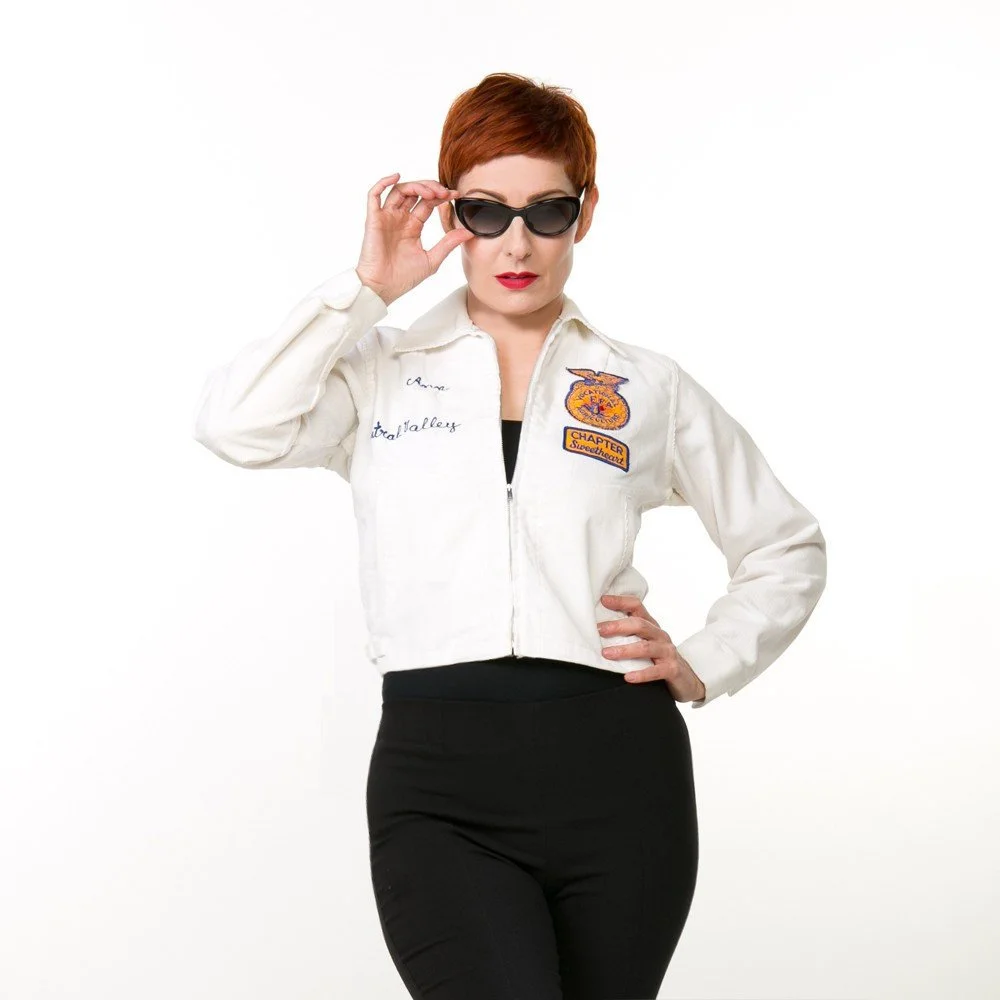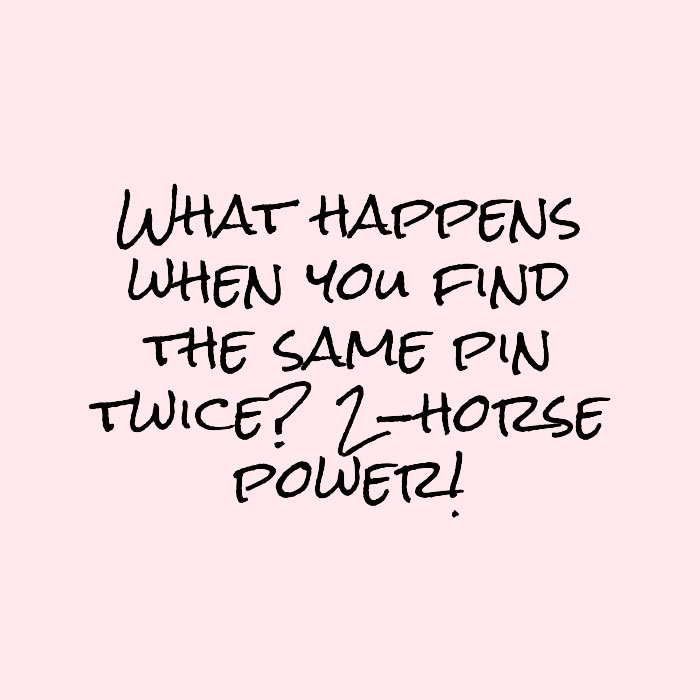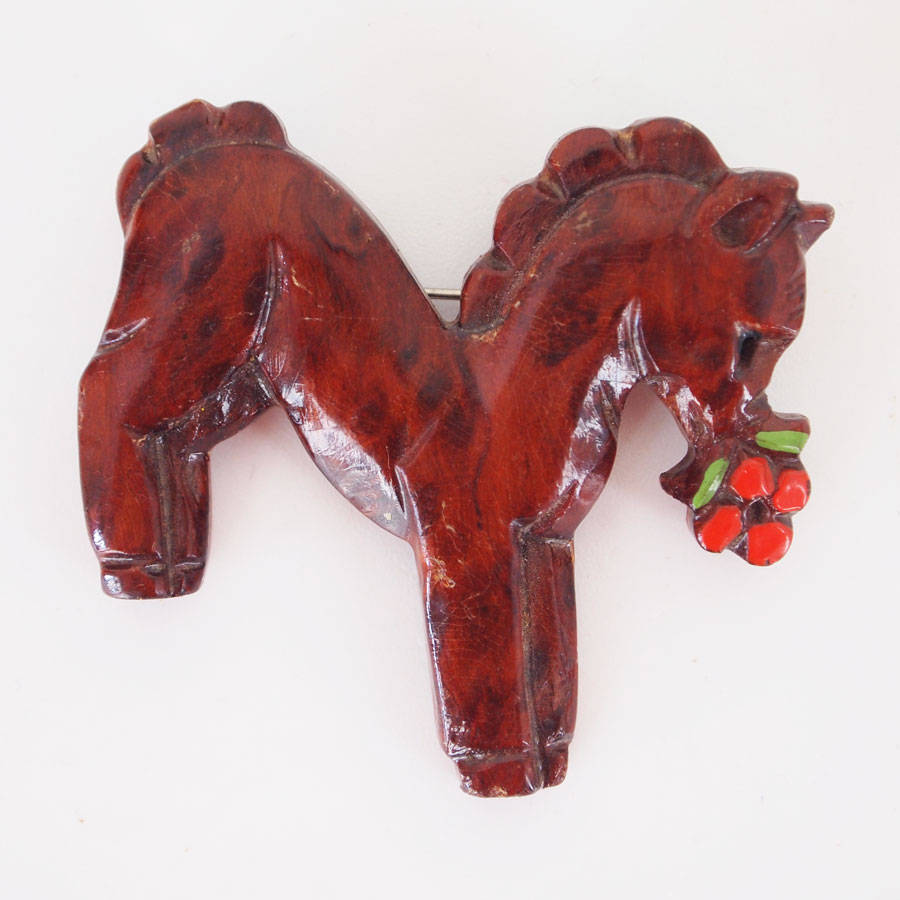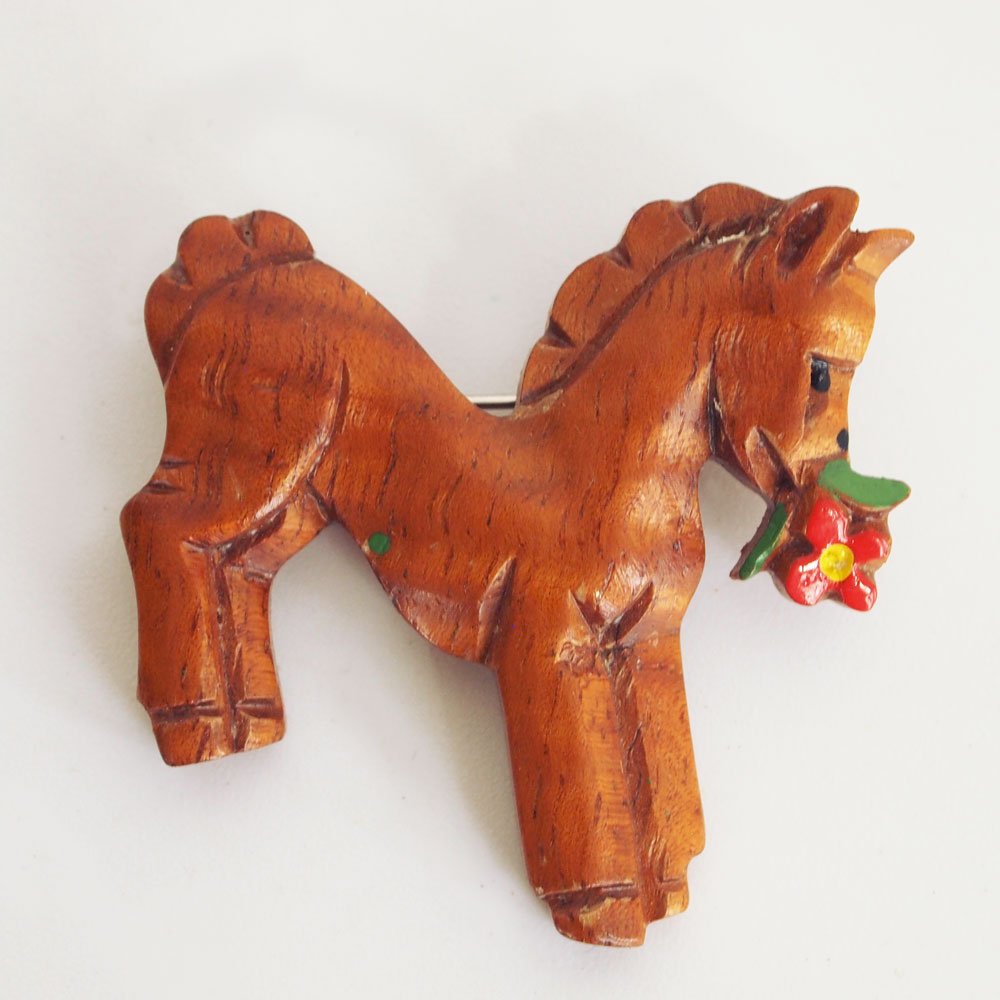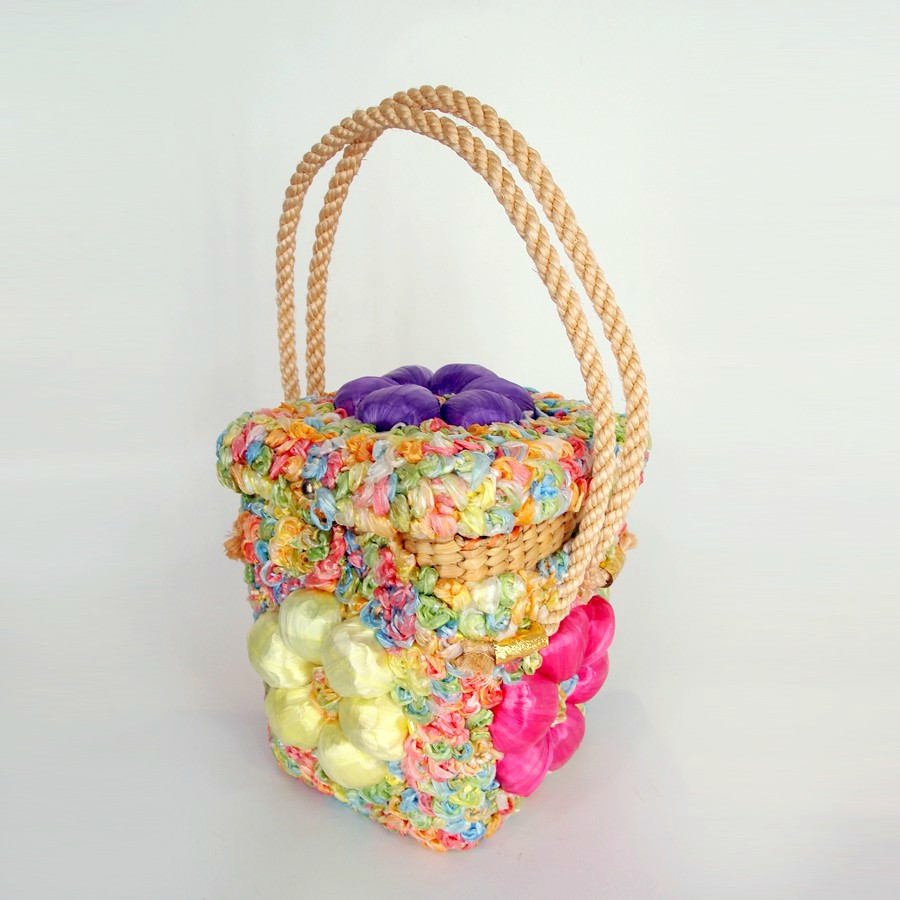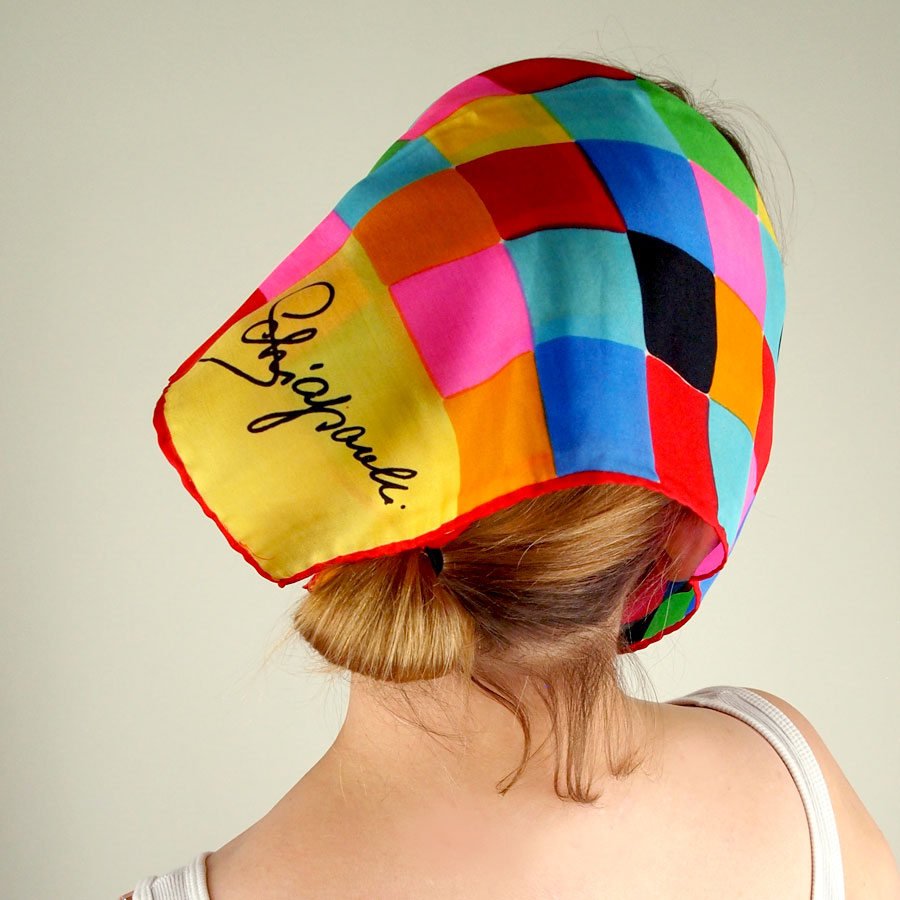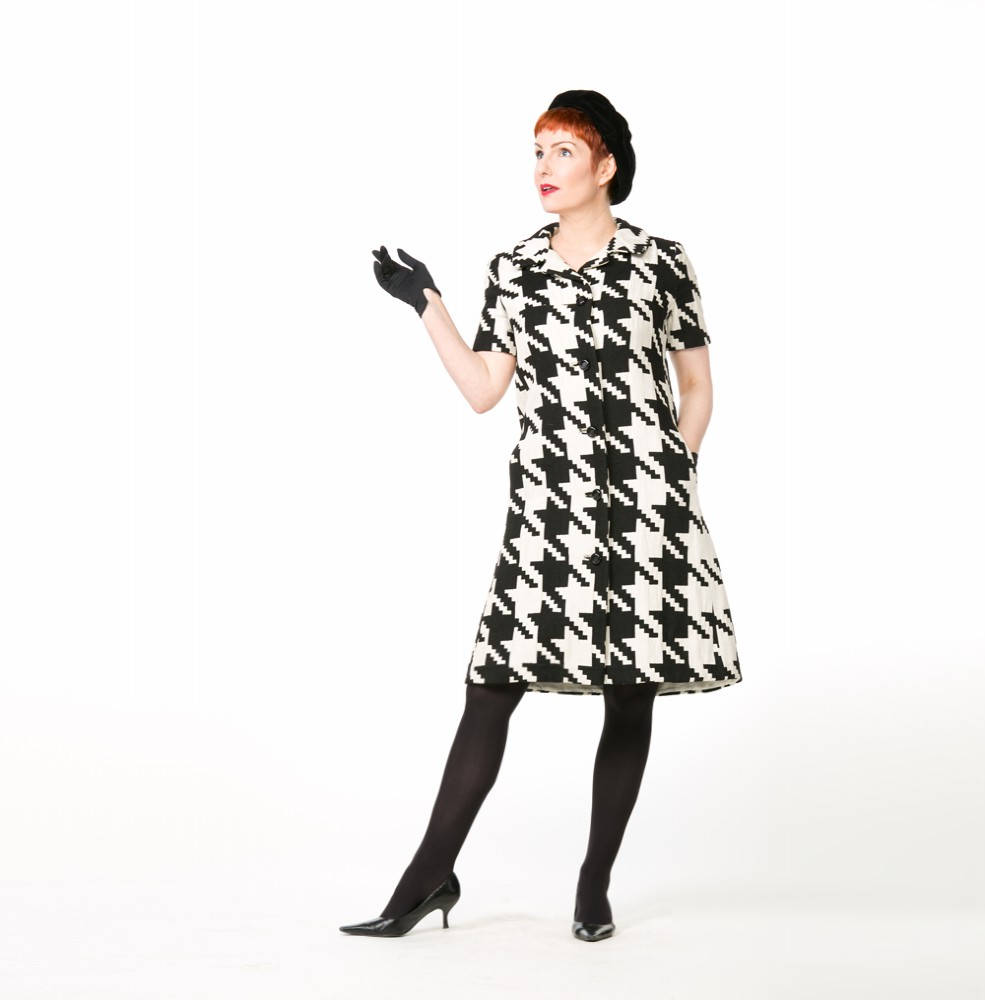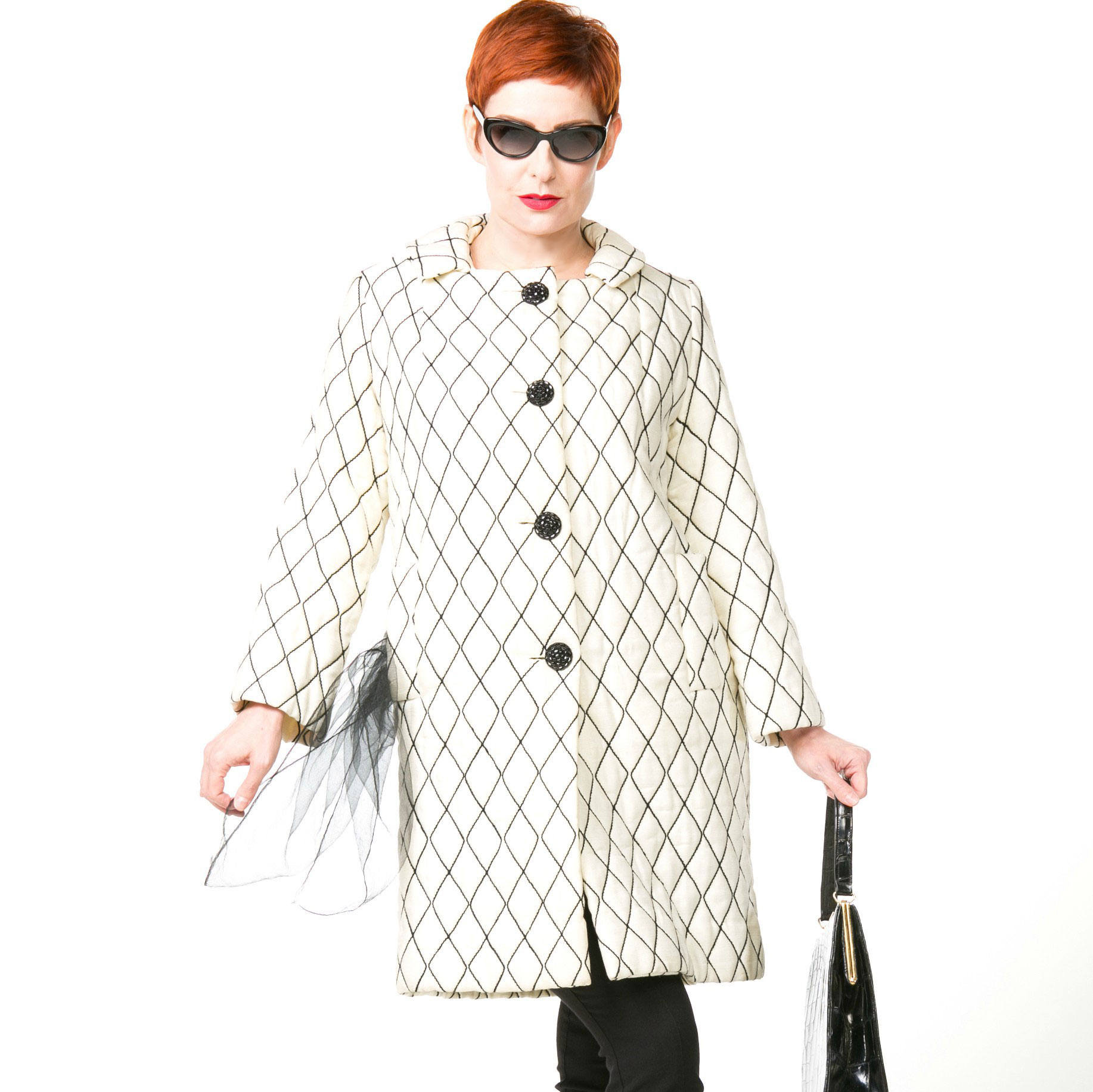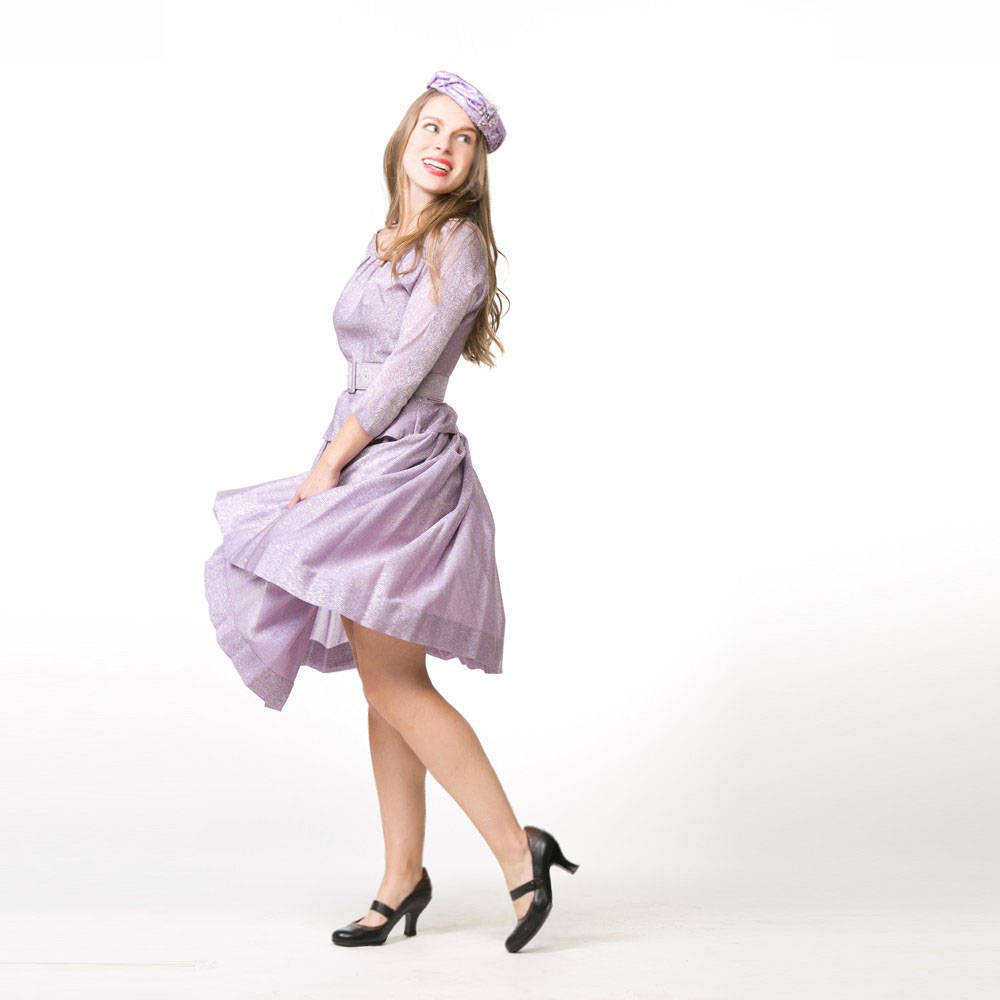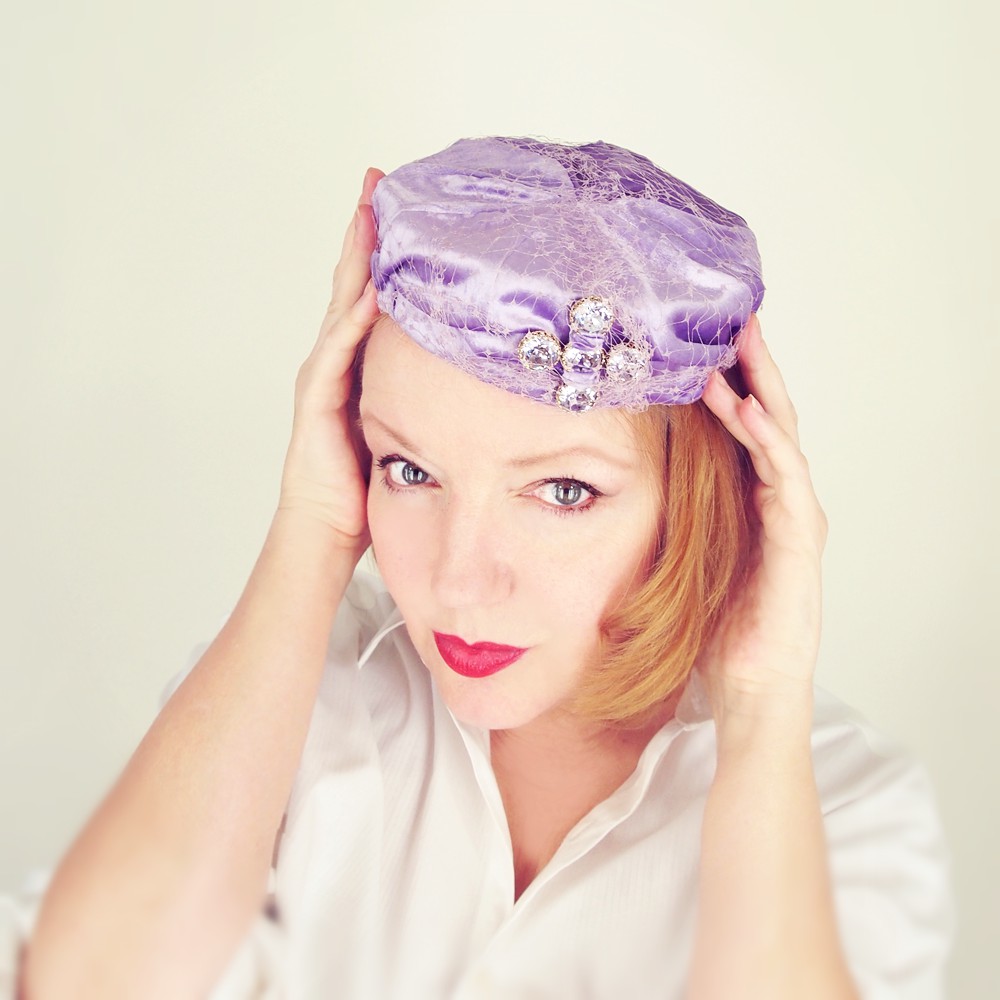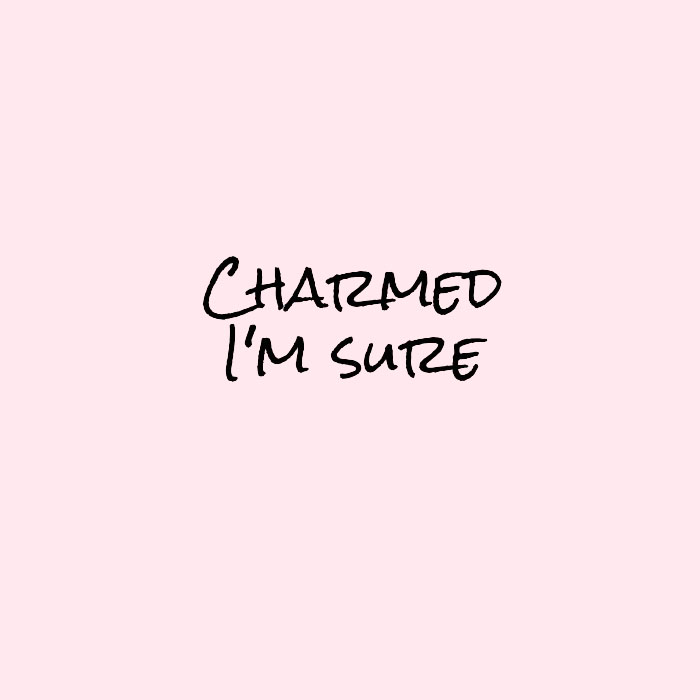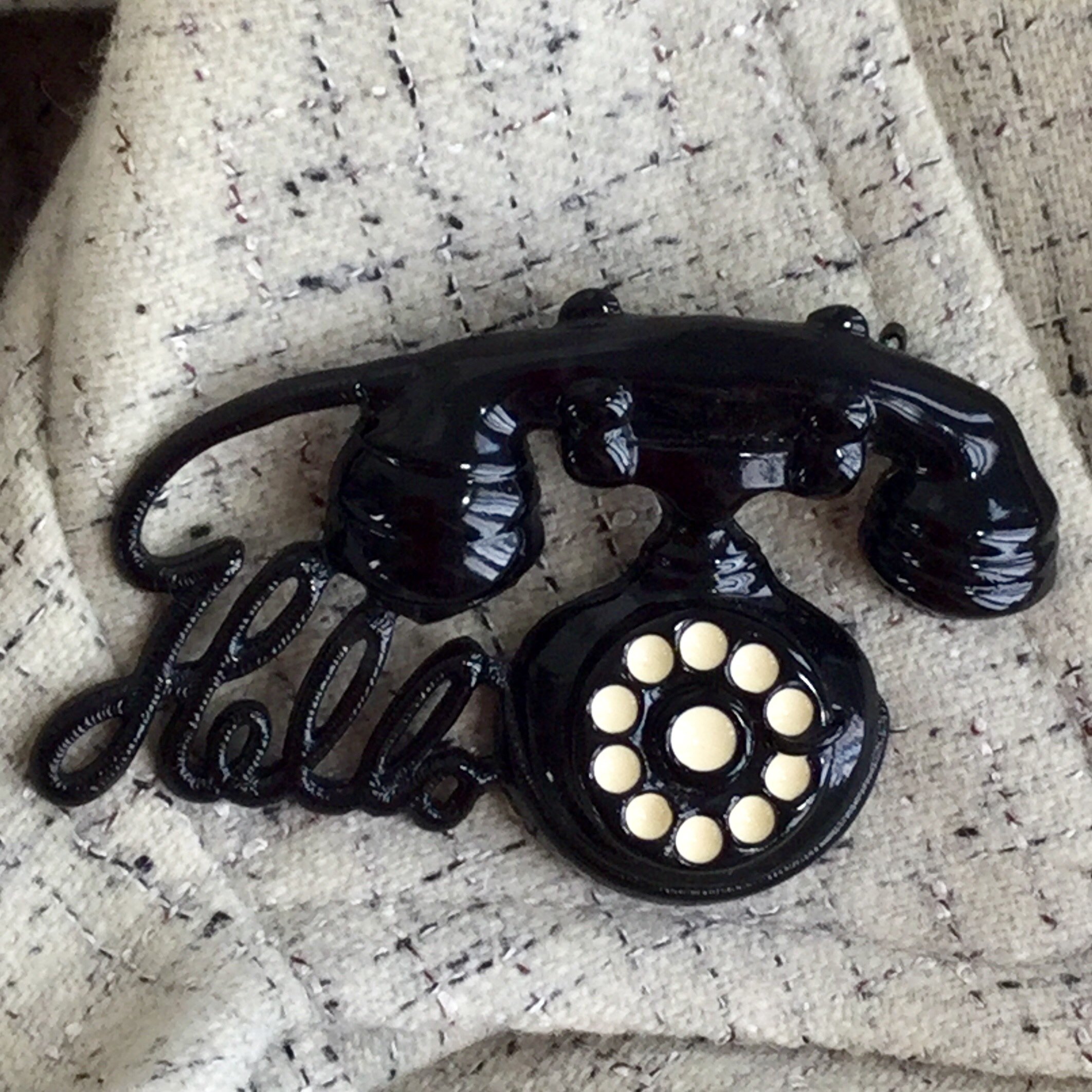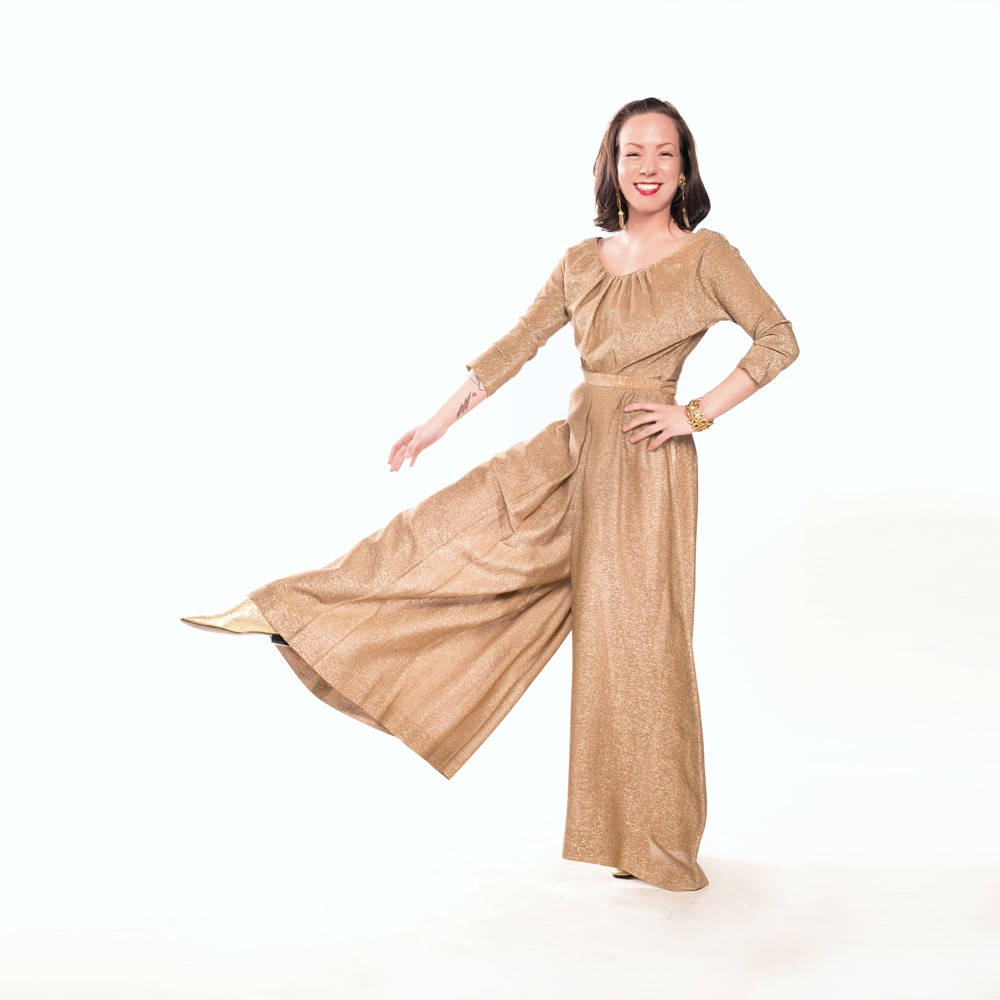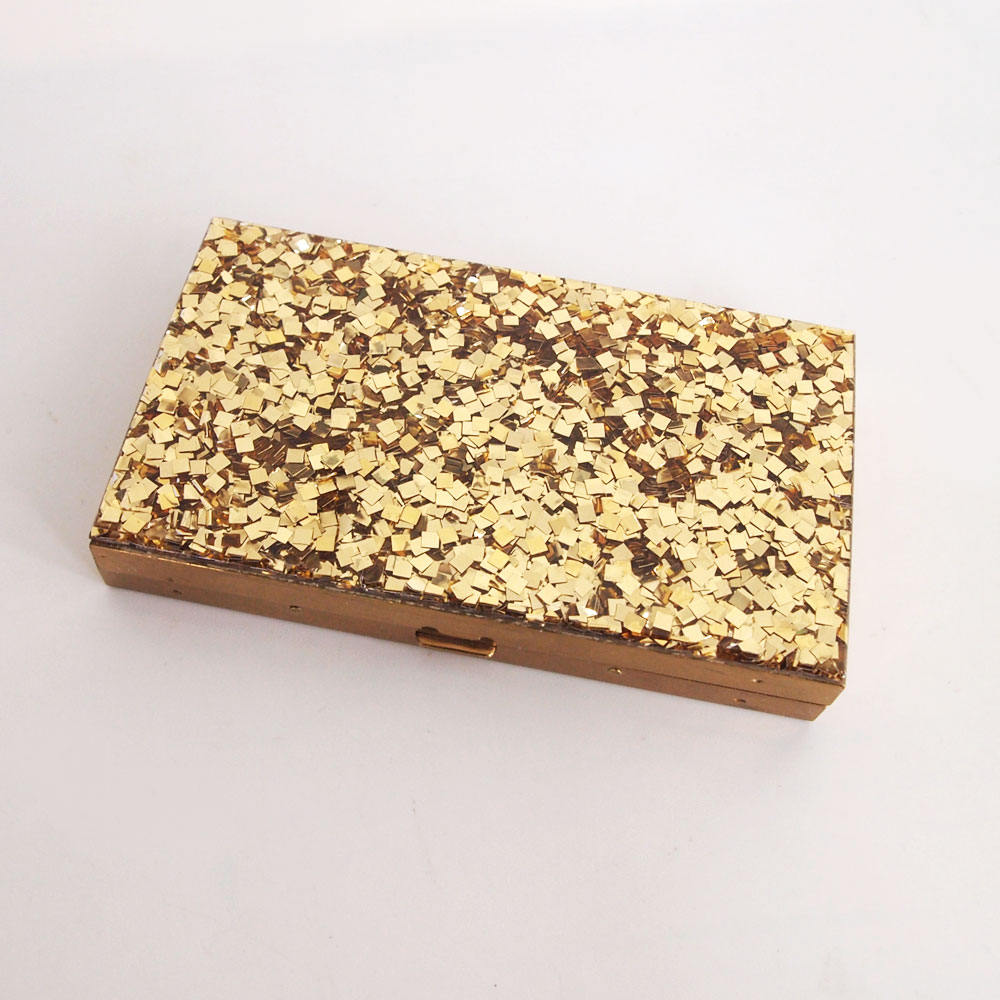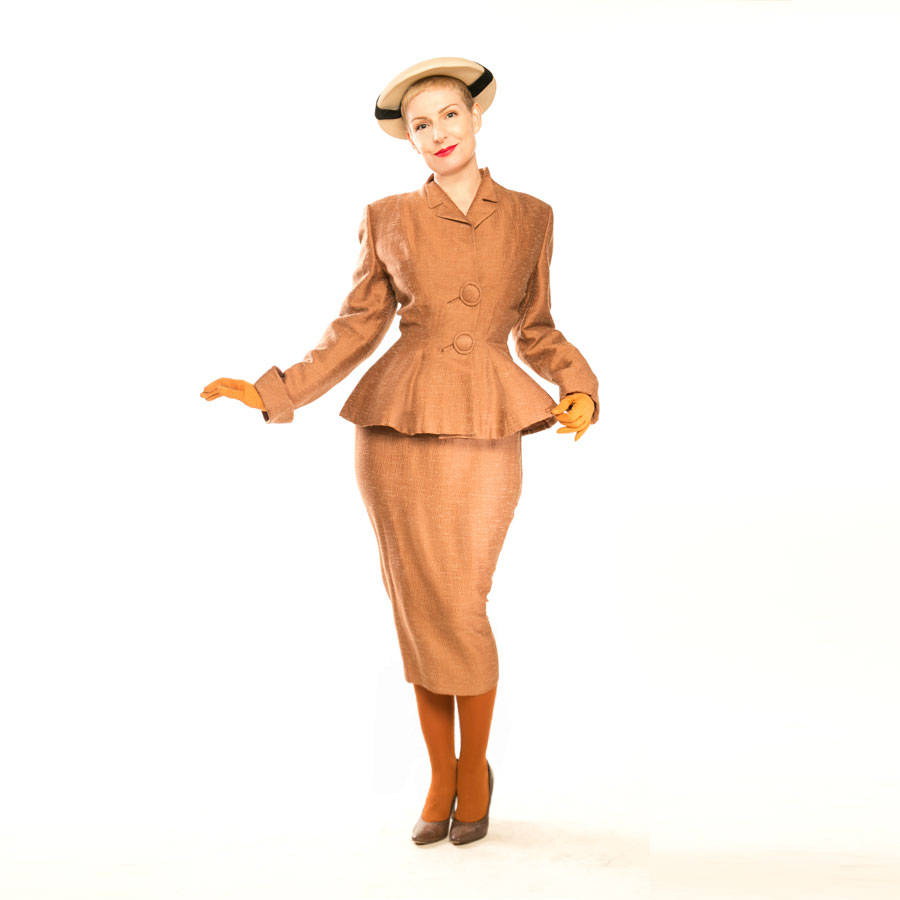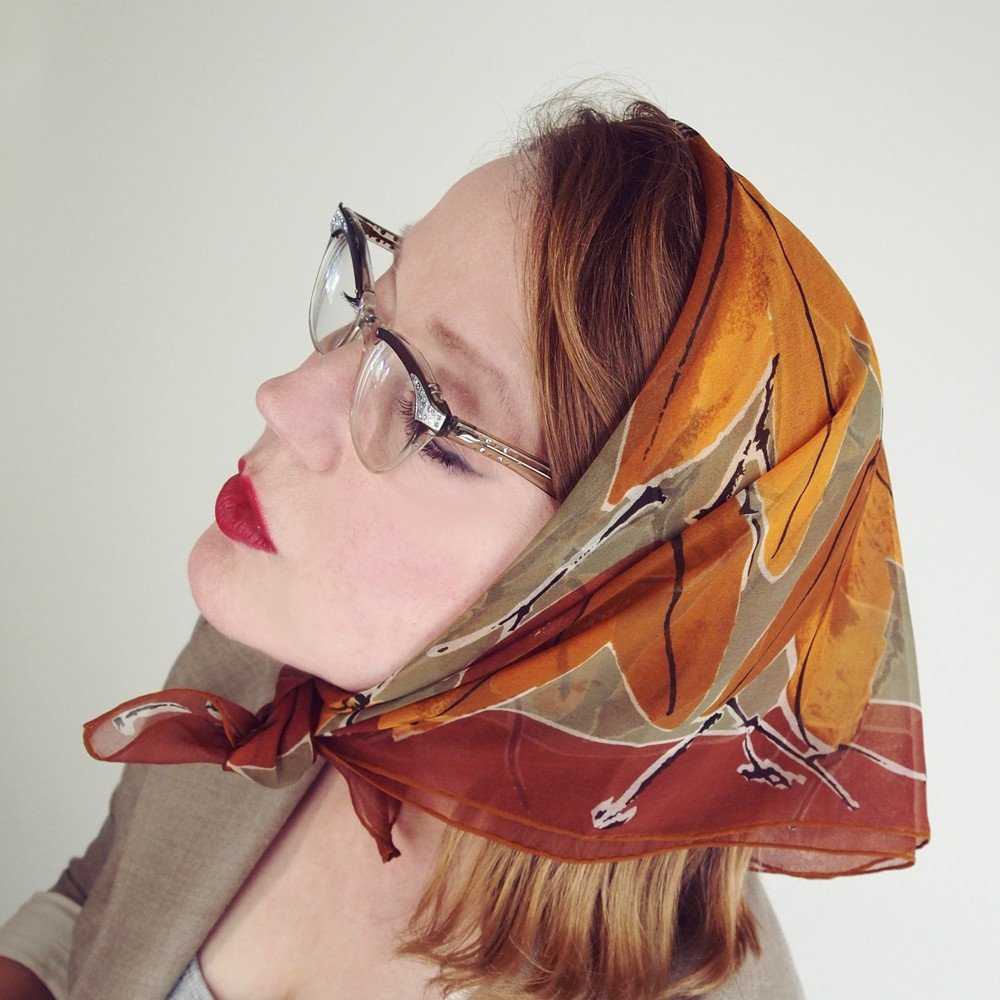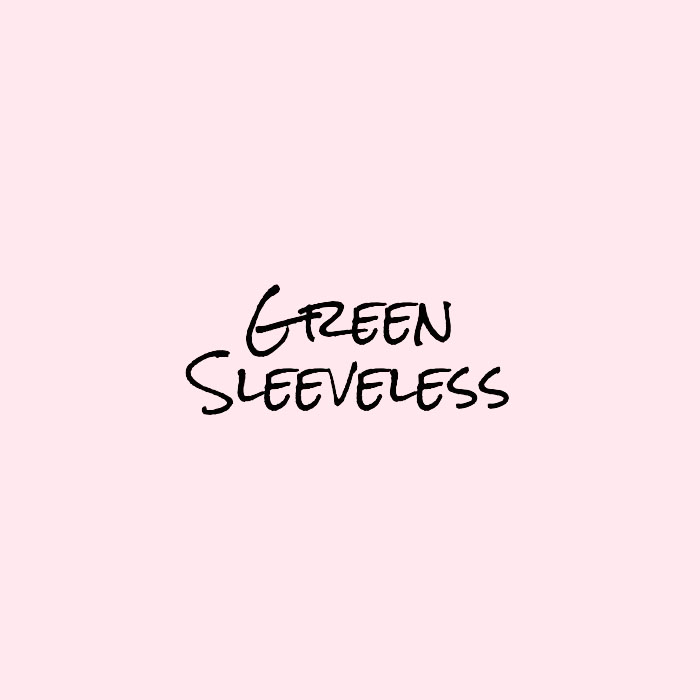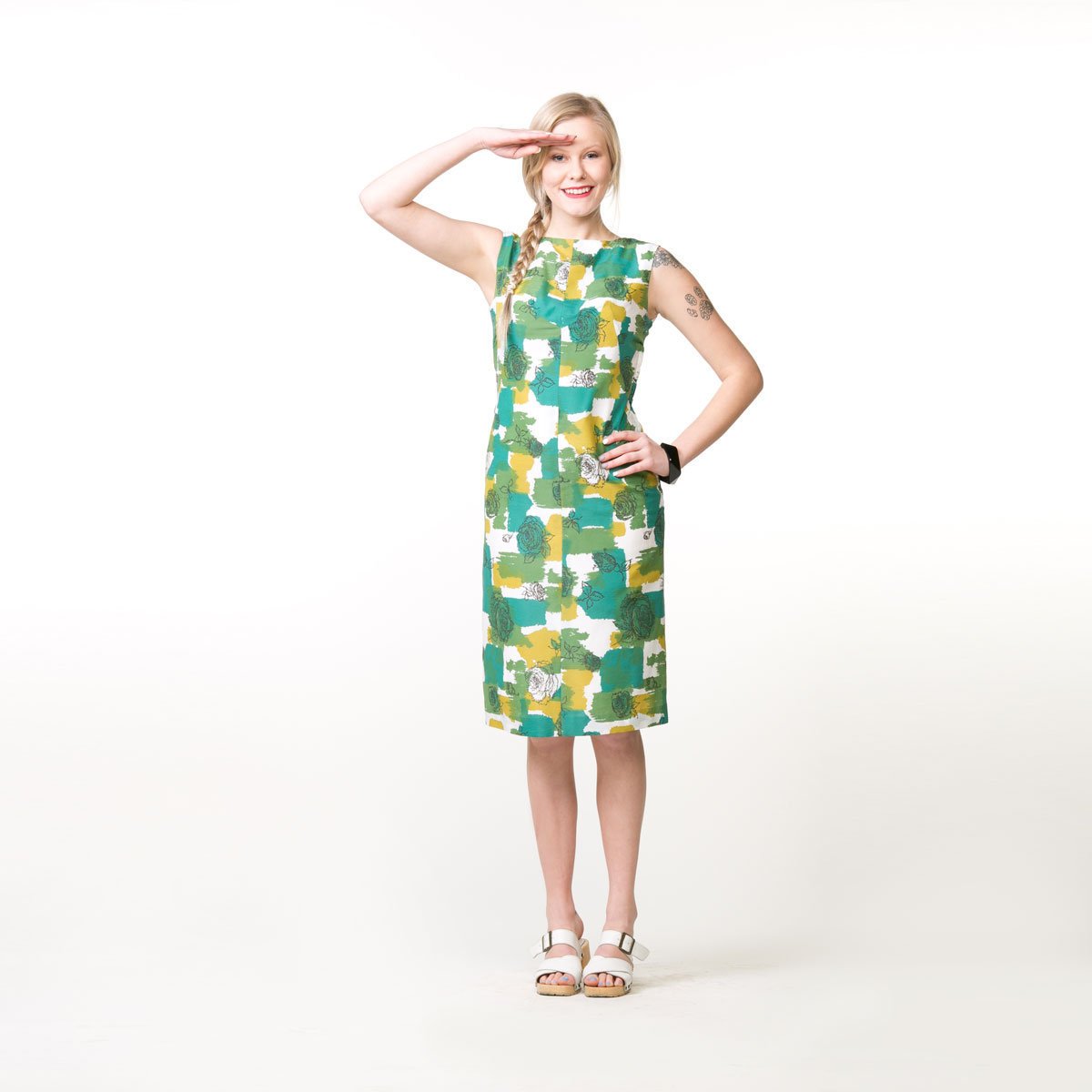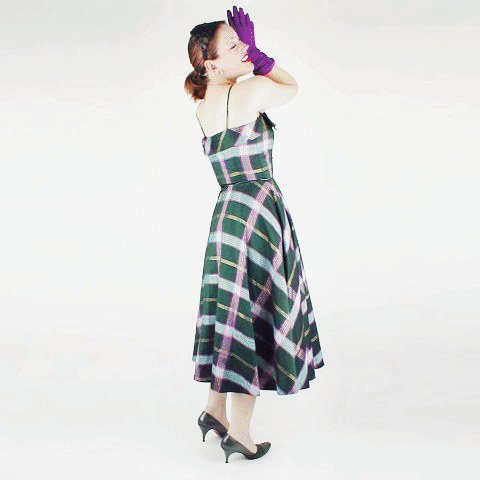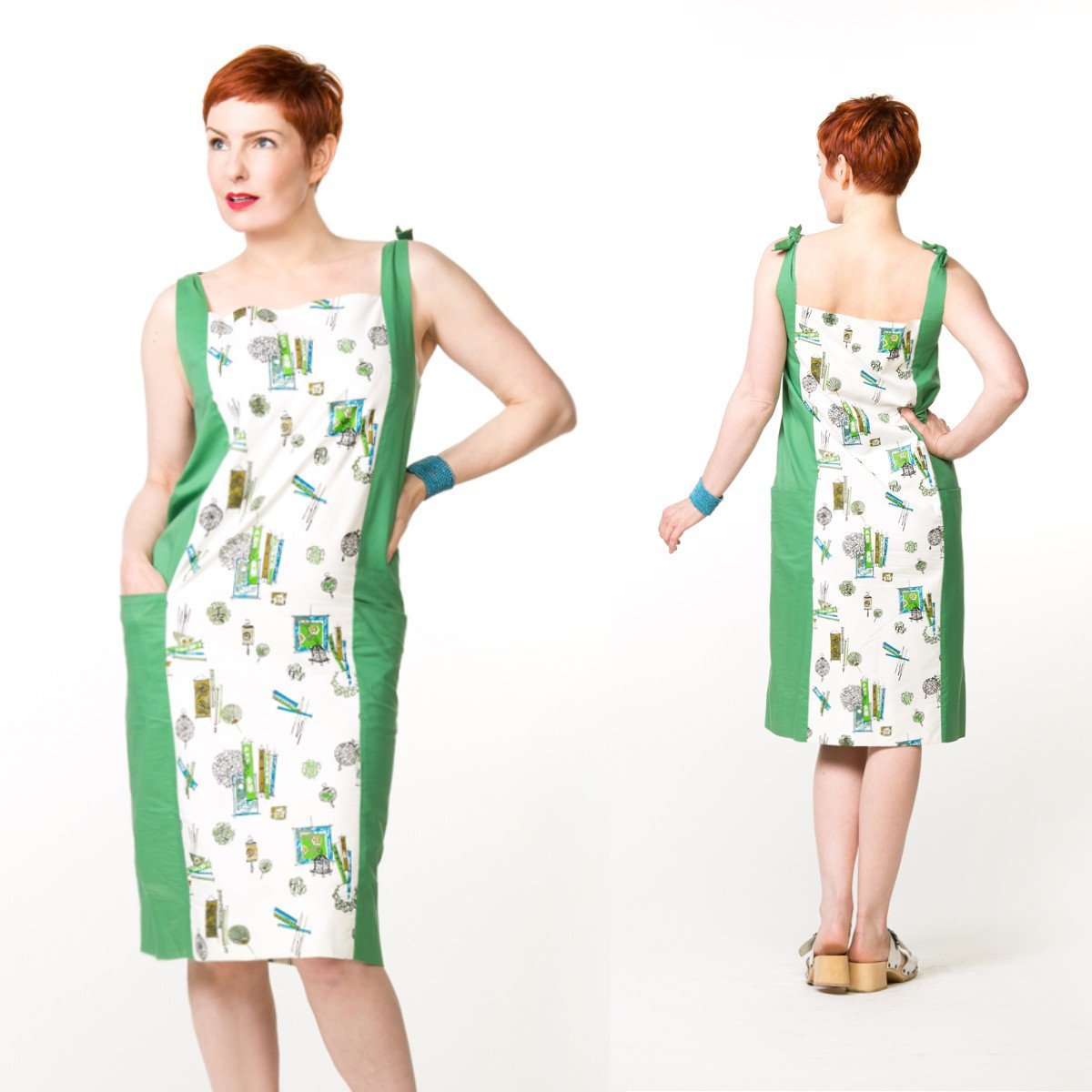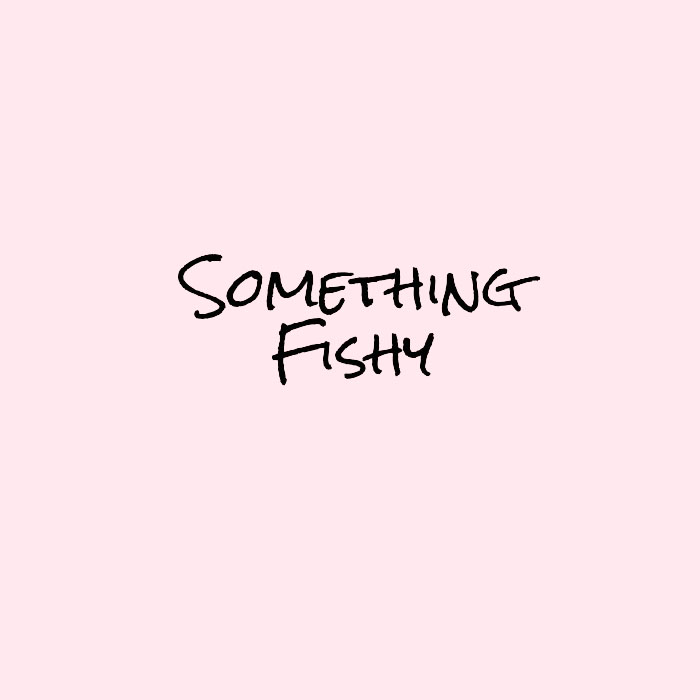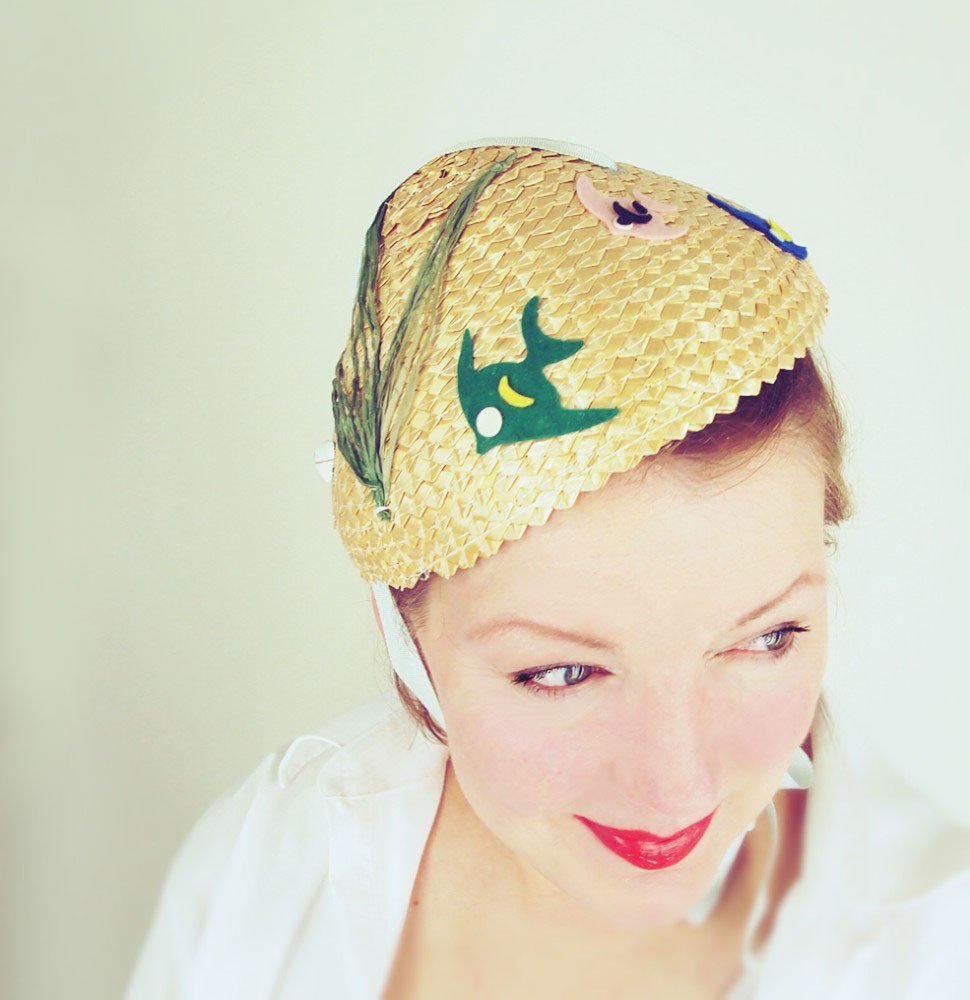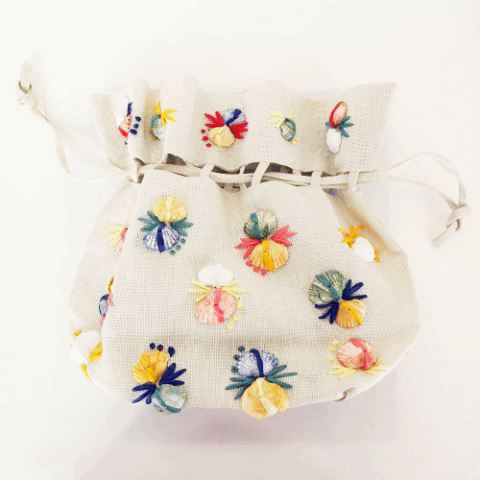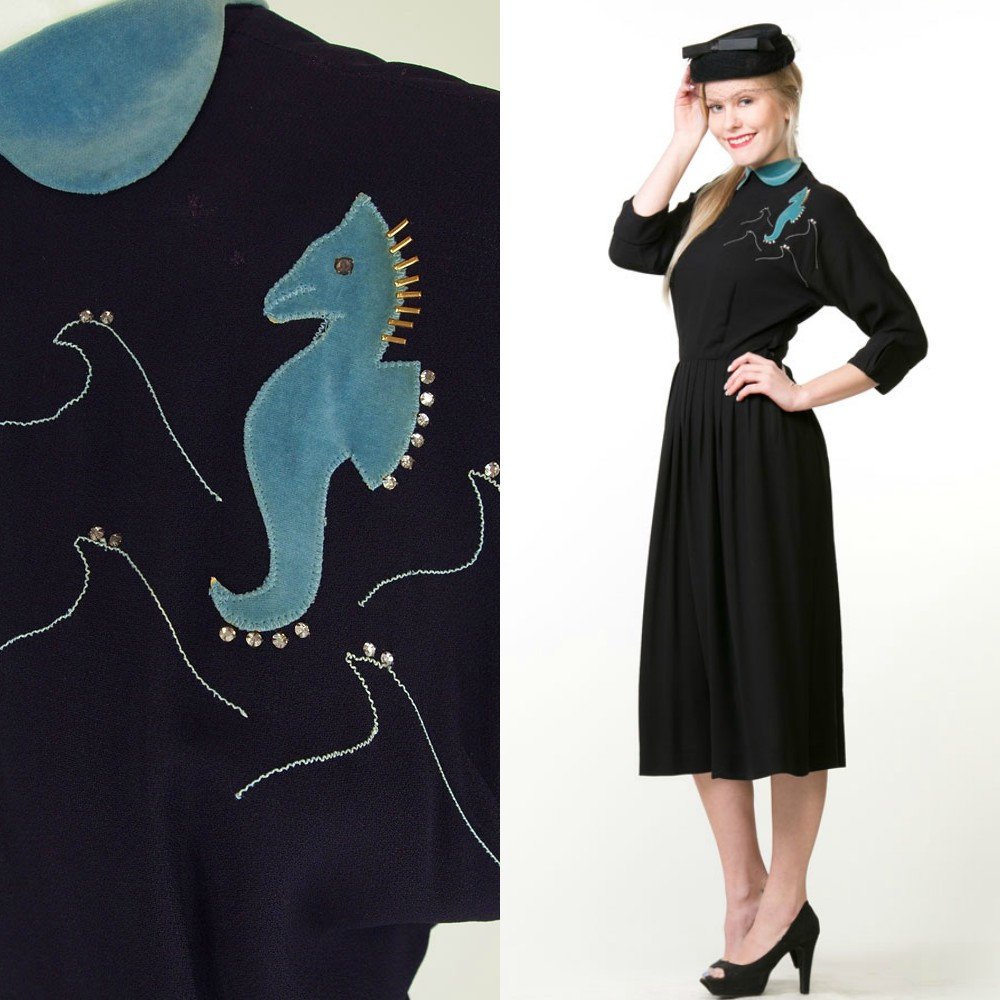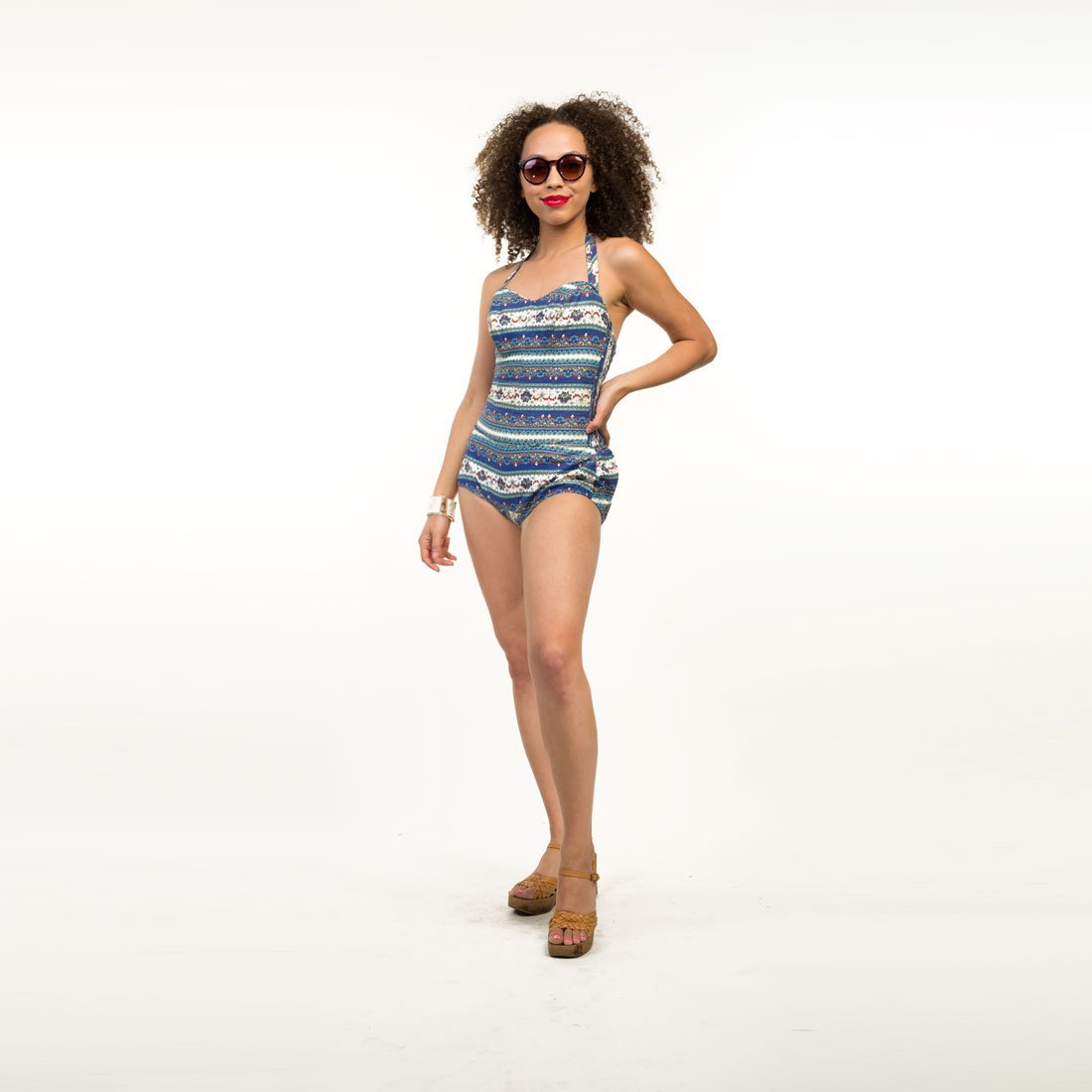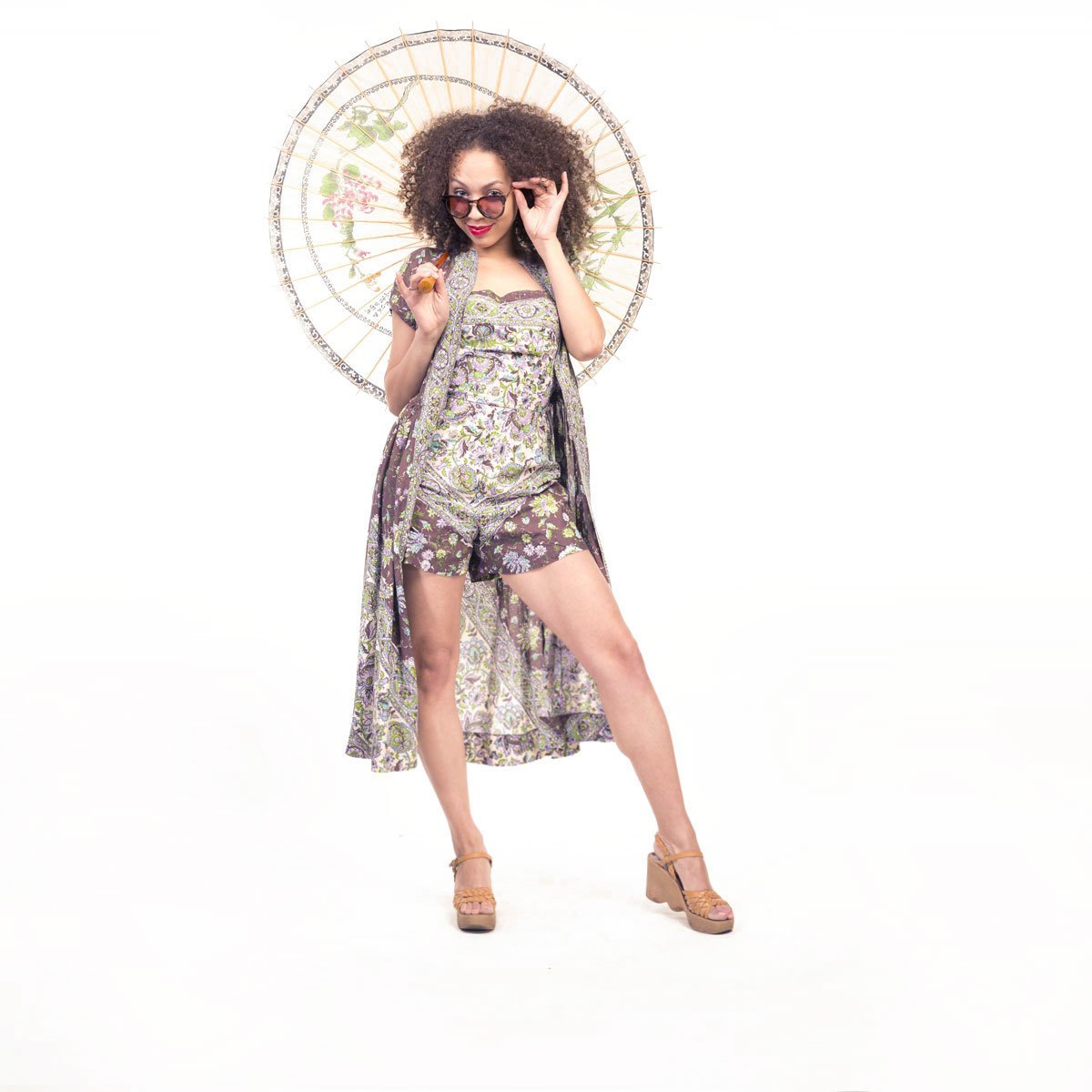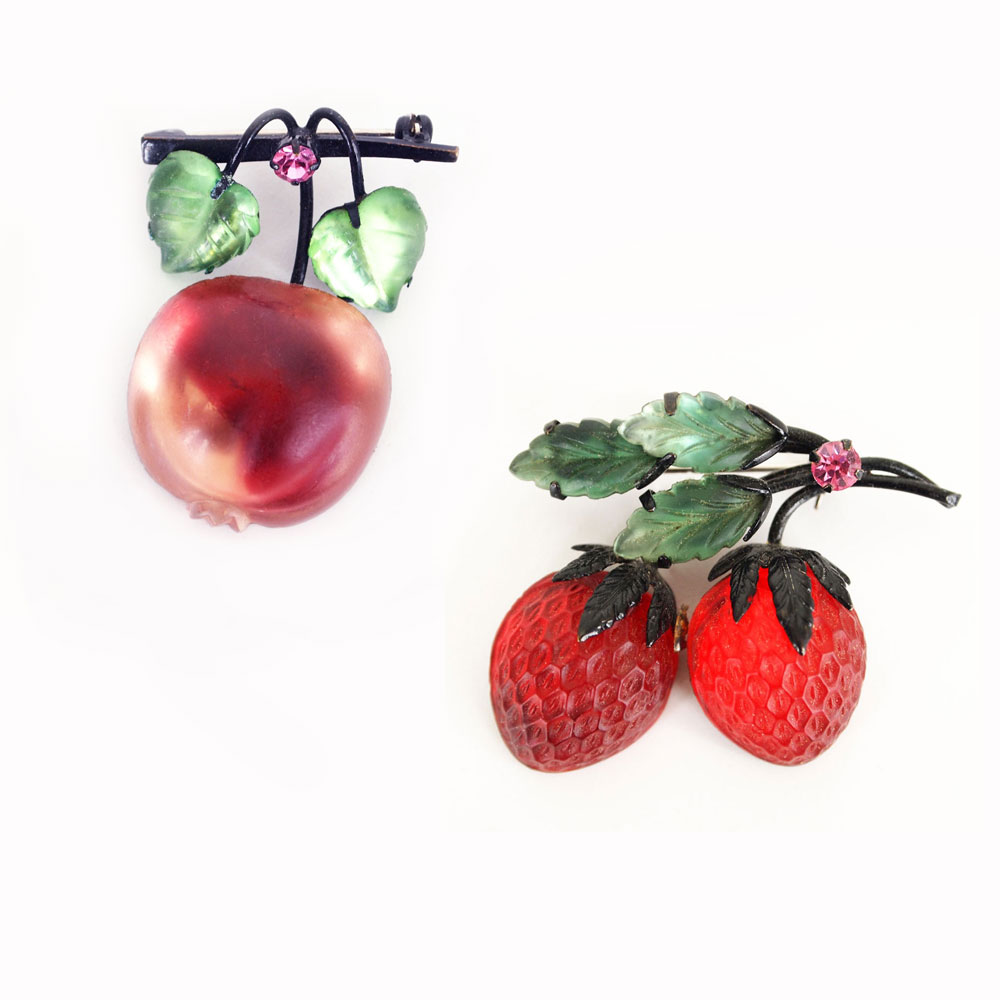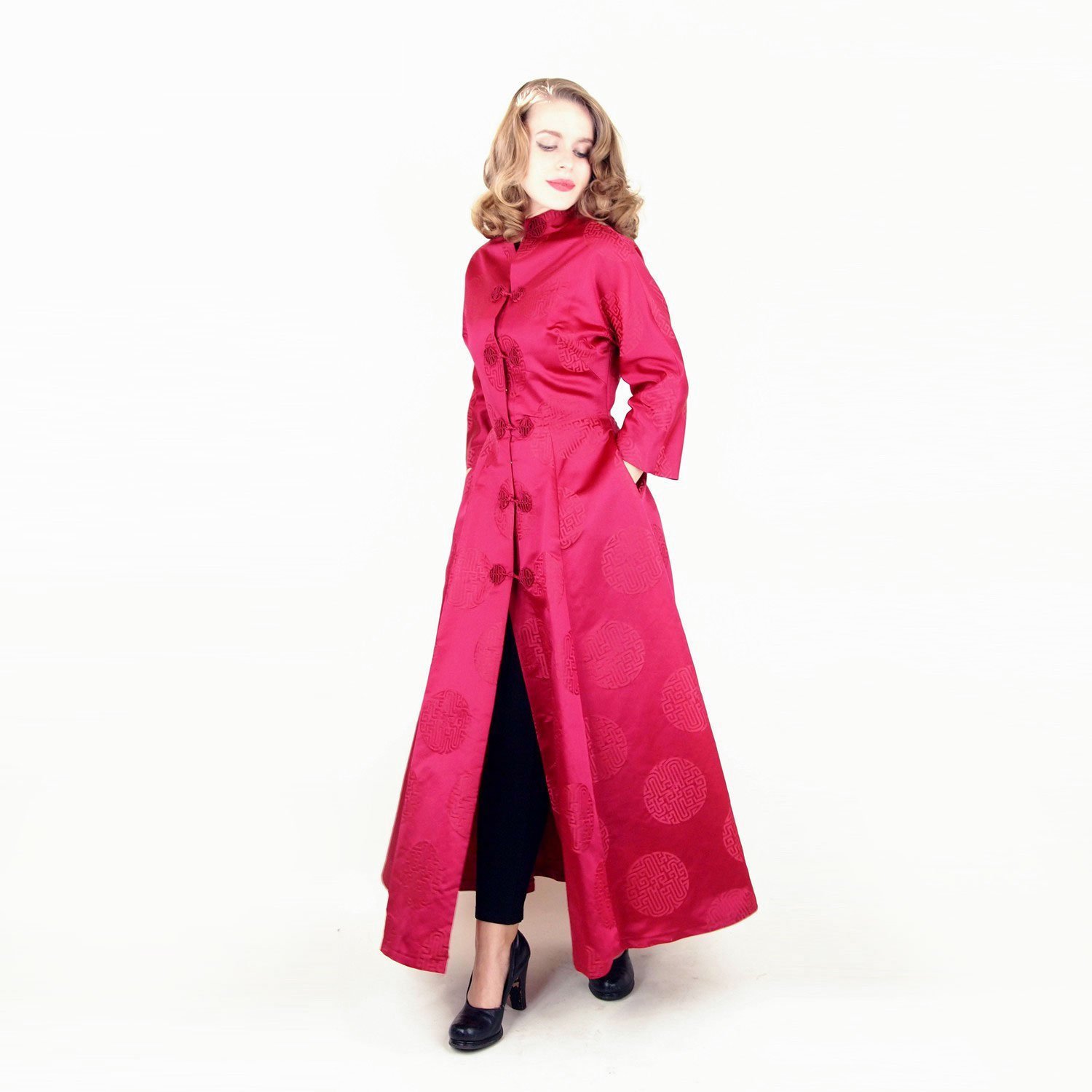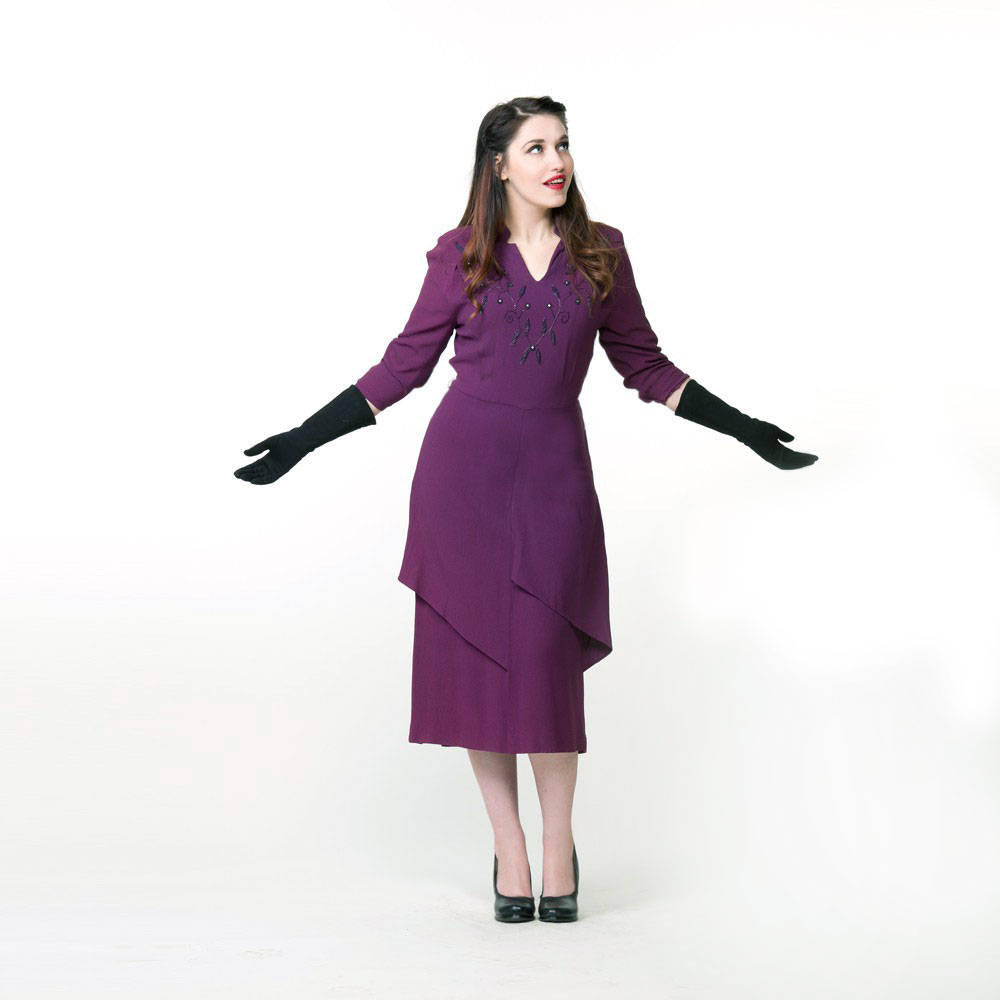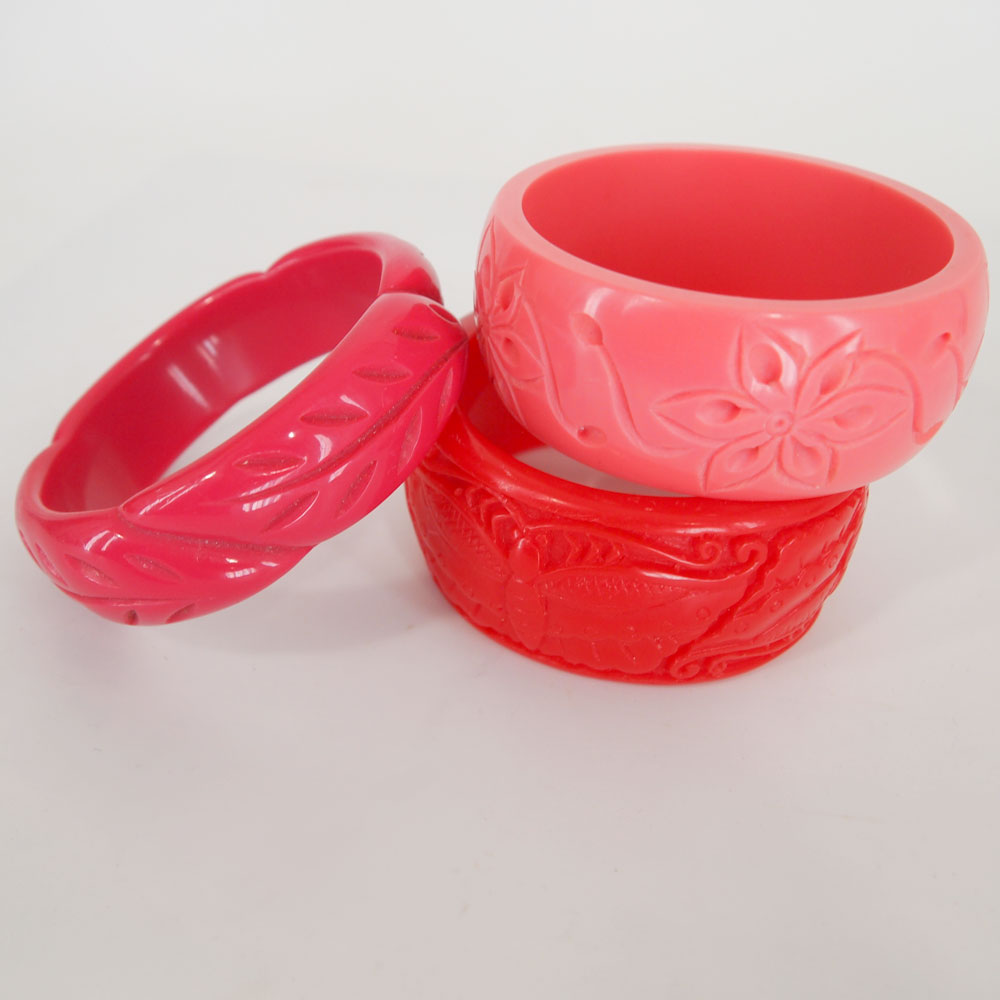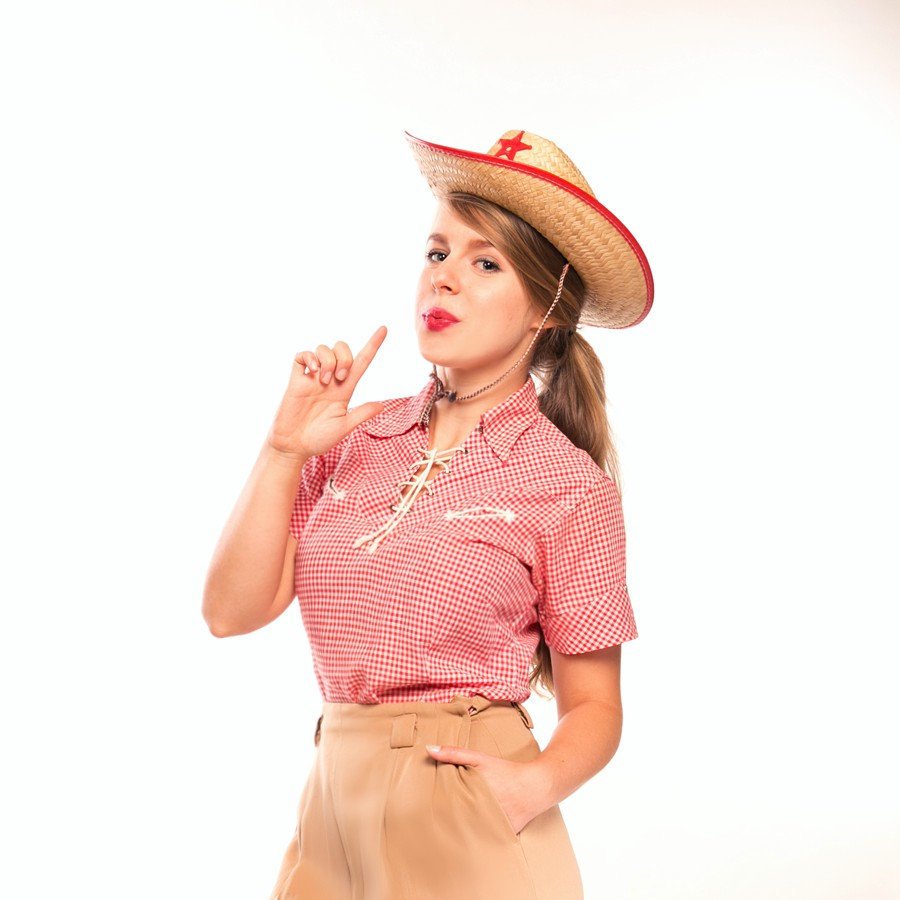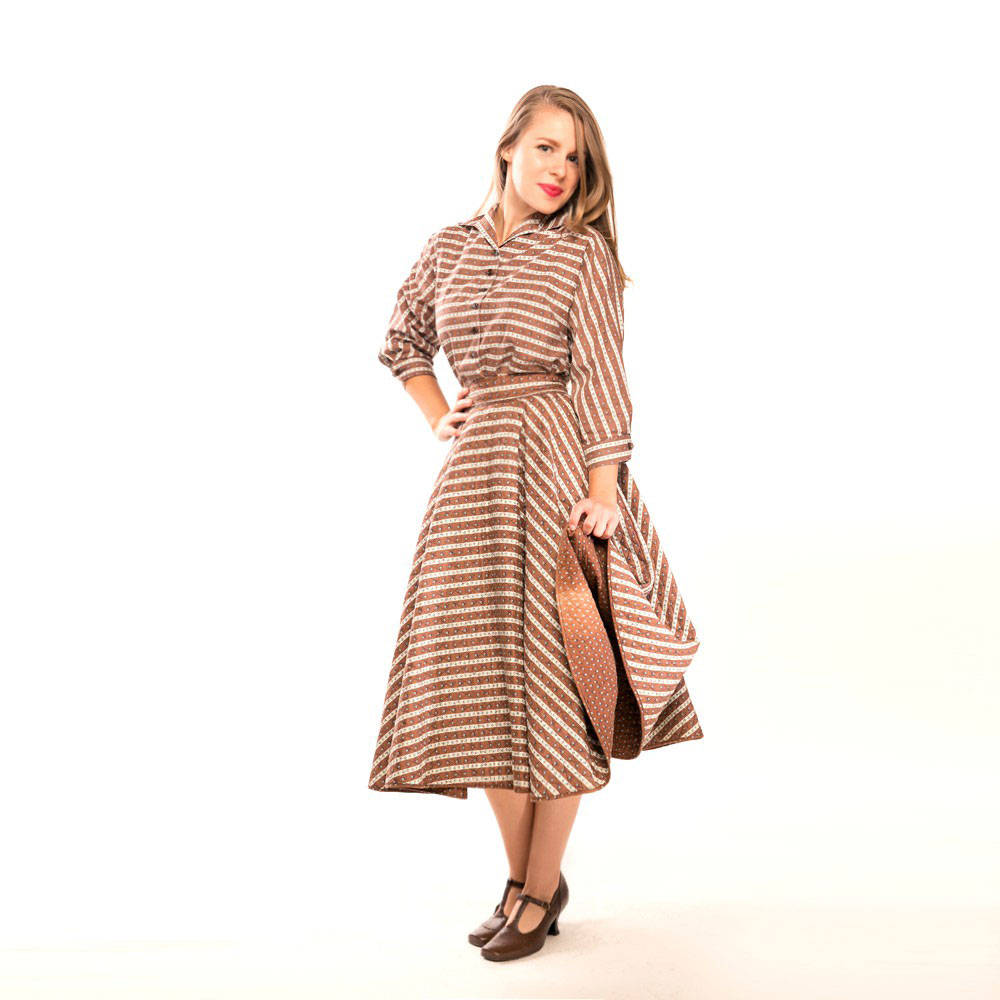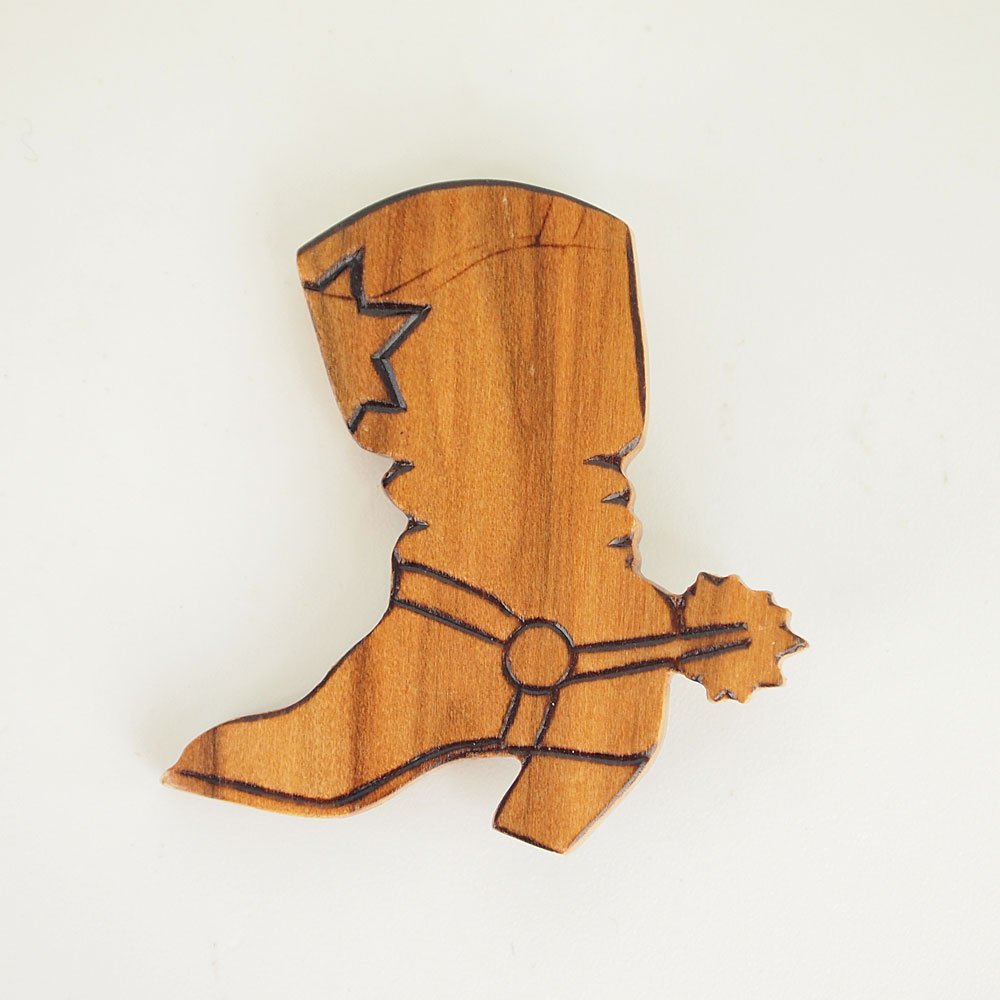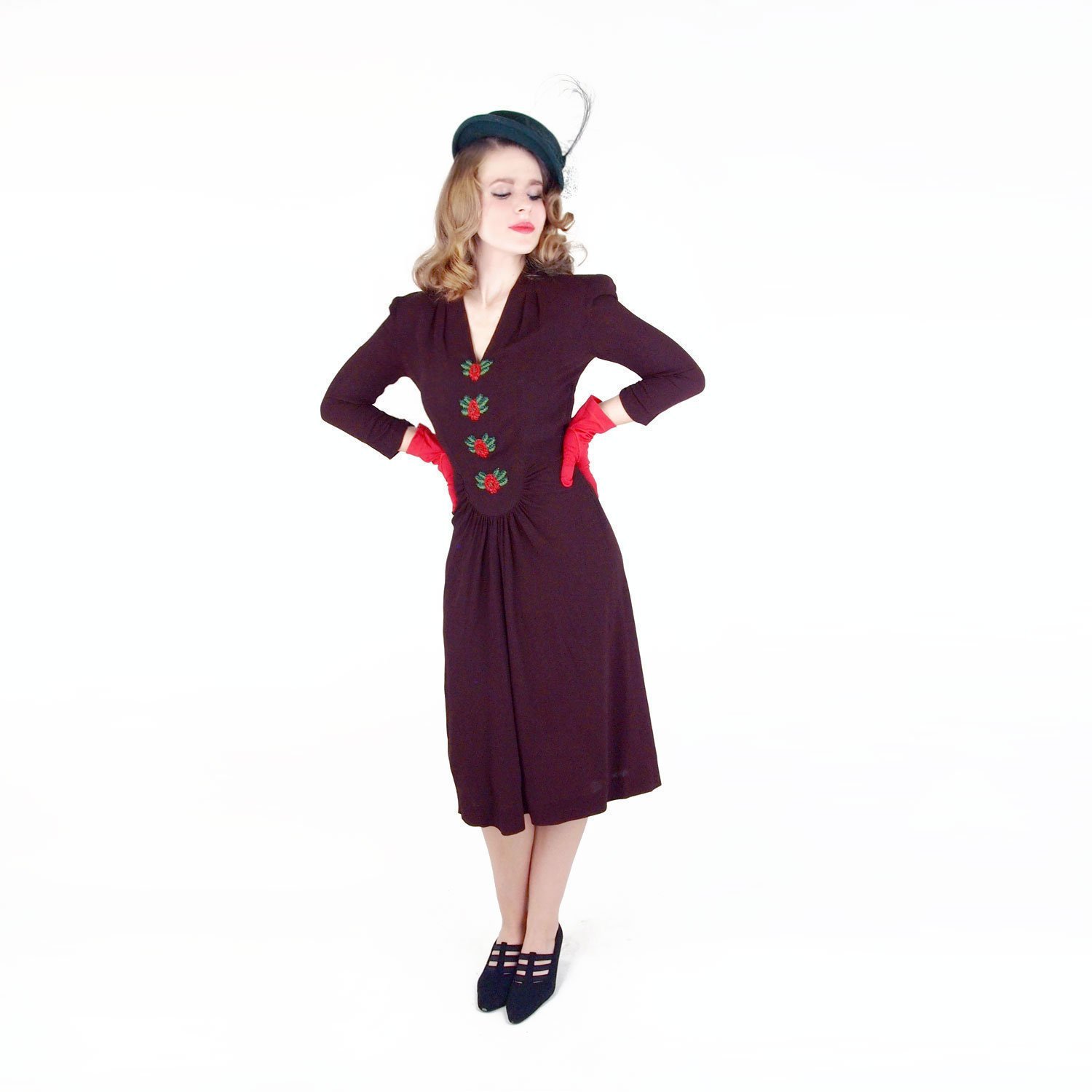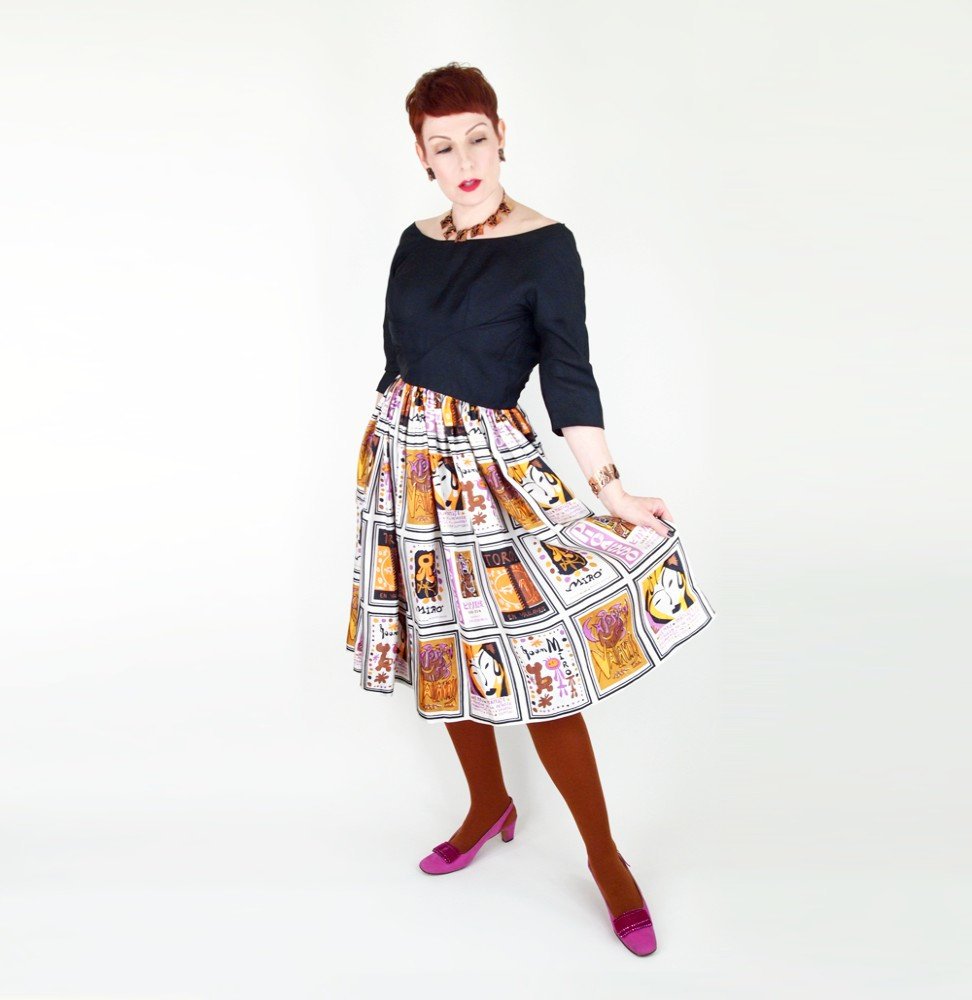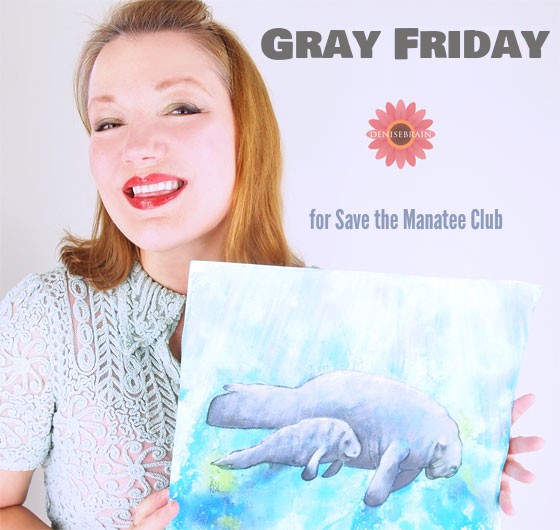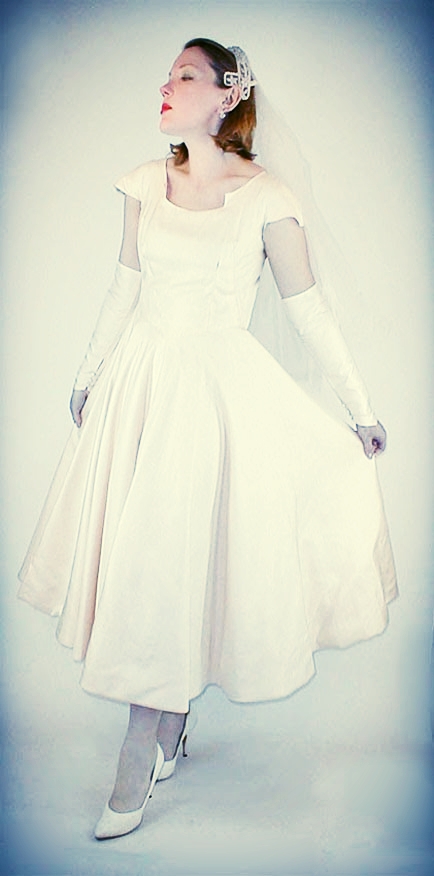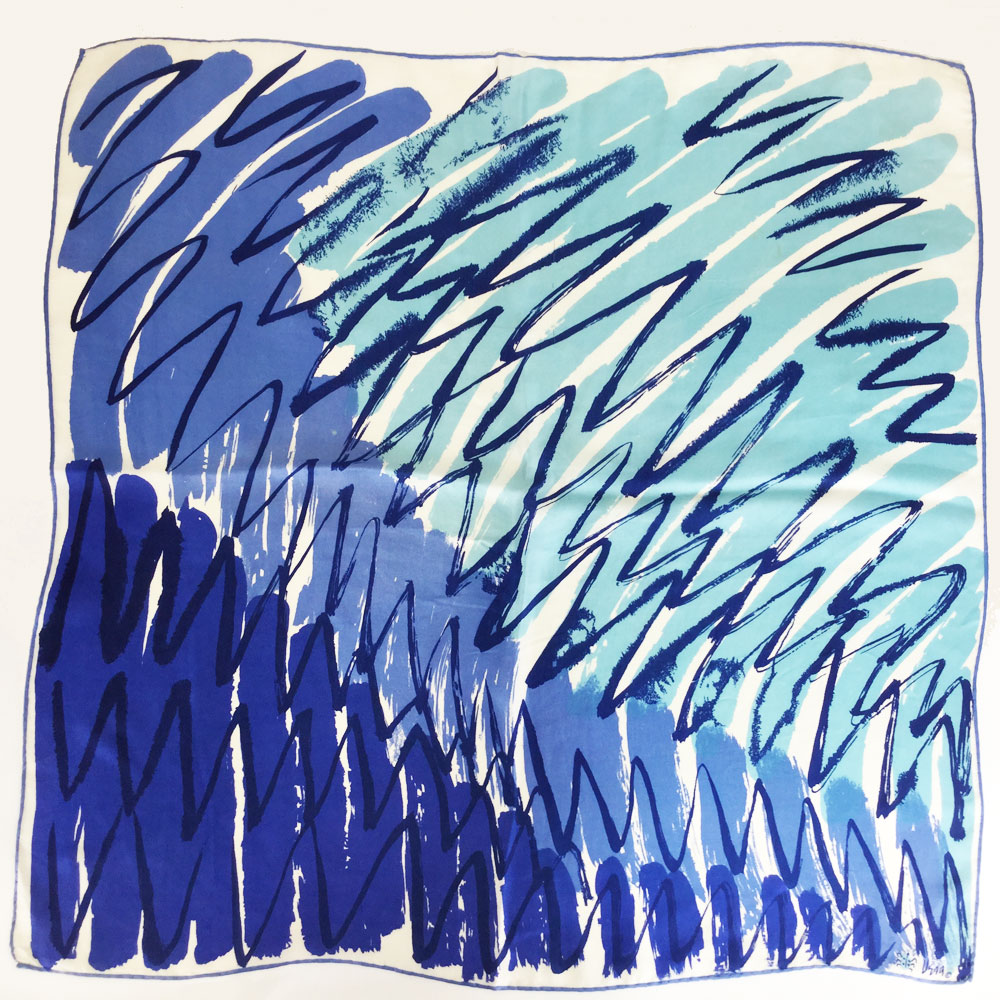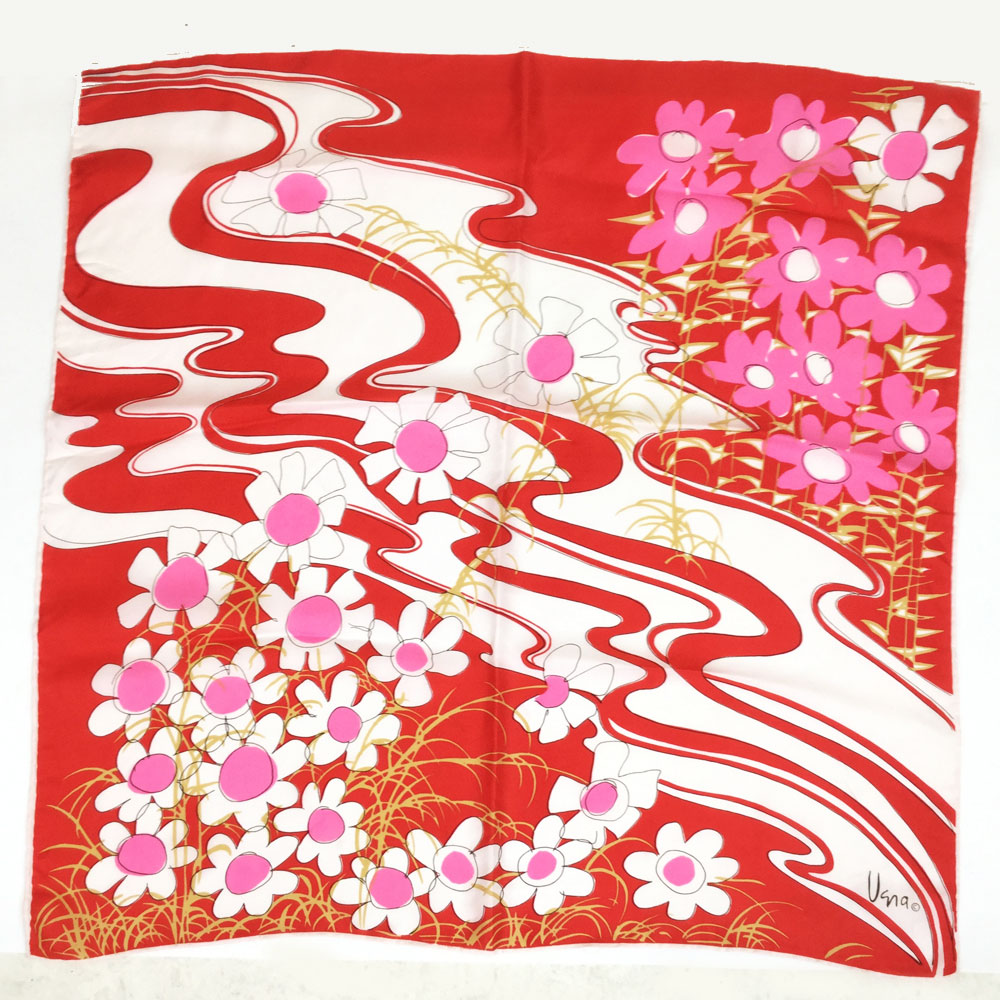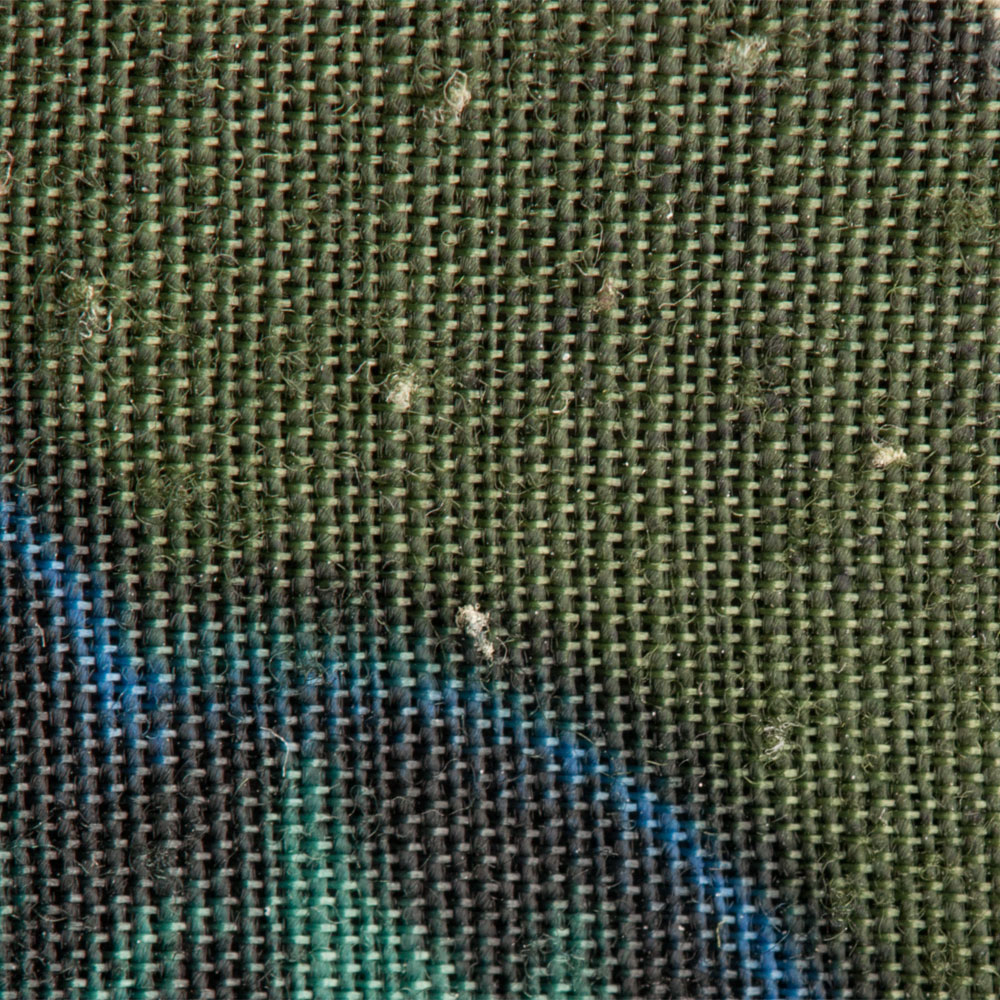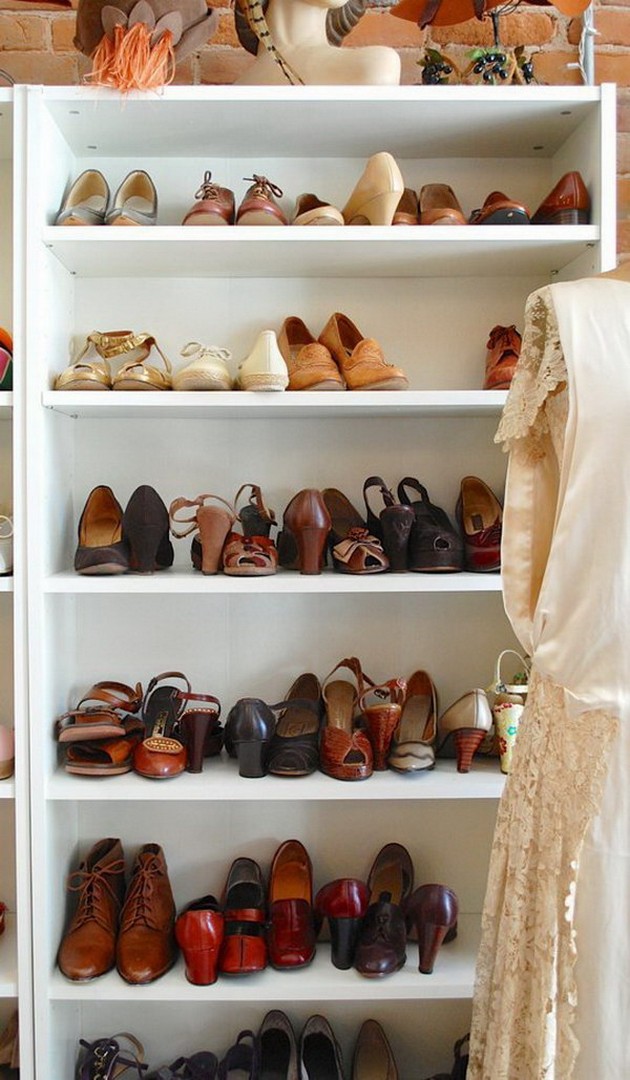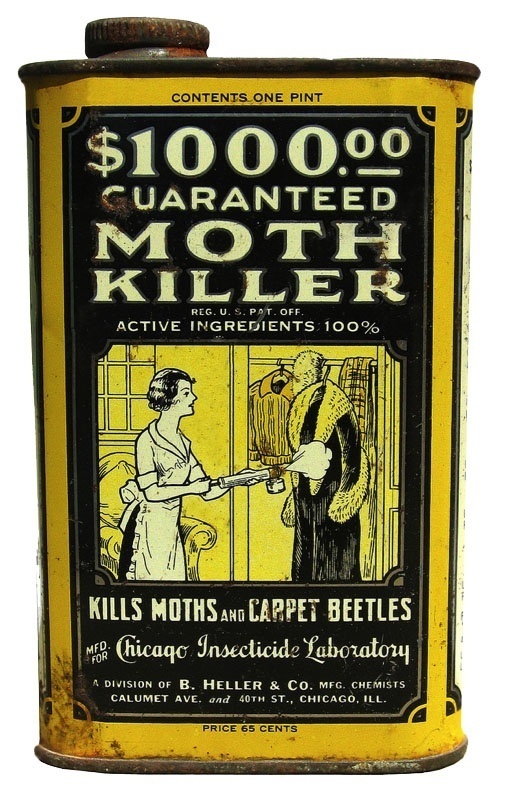With the thought of your vintage cashmere coat's nap being mowed down by one of these pests, and the prospect of sprinkling poisons around to kill the pests, I think we can agree that an ounce of prevention is worth a ton of cure.
I am very fortunate to live in a dry environment with hard freezes during the winters. Insect infestations are not the problem that they can be elsewhere. For those not so lucky, it may be necessary to always thoroughly clean or freeze or heat vintage finds. Launder any new-to-you sturdy, washable vintage item, or have it dry cleaned if that is what is best for the item.
Keep your home and especially your clothing storage area clean and dry. Vacuum the nooks and crannies. Fabric-eating insects are attracted by animal hair, sweat, body oils, and food. Don't store clothes that need cleaning because those are invitations to pests. Avoid using starch on your clothing, which also attracts insects. Keep a vigilant eye on your stored items to make sure no new infestation has started. Don't forget your handbags and shoes can attract these critters as well, and should be kept as clean as possible. Some insects (crickets, cockroaches, termites) are attracted to food and other stains on your clothing, and although they don't eat the fabric, they can cut through it while eating their meal. There are so many excellent reason to keep your clothes clean—this just might be the most compelling!
Use is a perfect deterrent for insect pests. As long as you keep wearing your clothing it is not going to be possible for an infestation to take hold. Of course, you can't wear that mohair sweater in the middle of summer—most of us have to find a safe way to store our clothes.
Dry cleaning kills pests and removes stains that attract them. Washing to remove stains on a garment will make the clothing uninteresting to pests. Keeping your vintage finery clean is your first line of defense.
Freezing is used to kill insect pests, but it will only work if your home freezer goes down to -20ºF (and you have space in it!). Freezing under these very cold conditions will work well to kill adults, larvae, and eggs of insects. To freeze an item, seal it in a plastic bag and give it three days in your freezer. When you take it out, be careful; in a frozen state the item will be more brittle. Let your item rest in its bag for another 24 hours, allowing it to acclimate again to room temperature. Allow any condensation to evaporate before you store your garment again. If you get your timing right, and if you live where the temperature dips low enough, you might be able to put a batch of clothing outside during a deep freeze.
I have read about lavender being an insect deterrent. Apparently, as lovely as its scent is to us, it may discourage adult fabric-eating insects. I'd say go ahead and use it so your closet and drawers smell good, but don't expect it to kill anything, or stop the larvae from feeding on your items.
According to MuseumPests.net, cedar does not work as an insect repellant. Although cedar oil can kill the earliest stage of clothes moth larvae, it does not kill the eggs, the adult moths, or other pests. If your great aunt had good experiences with keeping her sweaters in a cedar chest, it might just have been the sealed-off conditions that helped the most. Storage is best achieved in a plastic bin with a tightly fitting lid. Your clean clothing should be wrapped in plain cotton to help absorb moisture in the bin. As I wrote before in the post about storage, plastic is not good for fabric over the long haul, but storage for several months is fine, like the several months during which you wouldn't use your sweaters over the summer.
Heat may also be used to kill insects in all life stages. Using an oven's warm setting, which is usually 140ºF (do not use higher heat), place your clothing item on a clean, oven-proof tray or sheet pan on a rack with a pan of water on a lower rack. After three hours of "cooking," turn the oven off, removing the item when it has cooled down. Carefully controlled heat is even being used by exterminators for safely killing pest infestations in entire hotels. It truly does work.
There are readily available non-toxic pheromone traps that attract adult males of specific insect species. These work to help you identify the critter involved in an infestation, and eventually break the cycle of damage, but they do not help isolate the larvae that do the damage in the first place. If you are really stuck with a terrible infestation after doing all you can to keep your vintage safe, I would recommend hiring a professional exterminator.





